On our last night in the Philippines, my friend Joe and I were cooking for 10 people for our last DemiPeche in a while. A couple hours after dinner, without any sleep, he drives us to the Manila airport for a 4am flight to Denpasar, on the island of Bali, Indonesia. We land four hours later, only to catch another flight to the town of Labuan Bajo on the island of Flores; this is the entrance point to Komodo. I look like a sleepy Gaston Lagaffe as we arrive there, one eye open and the right side of my hair starting a rebellion against the left. Fortunately, my mighty cap is here to rule them all.
To the surprise of a few taxis & scooters (“Ojek! Ojek!” they yell), we casually leave the airport by foot, thankful for Google Maps letting us know it’s only a 20-25m walk. This is our first time arriving somewhere without a place to sleep - a daring attempt in finding the better deal. Two things Google Maps doesn’t tell you: it’s hot and the walk has two hills. You think we’d figure that out, considering we’re in Indonesia on a small volcanic island, but remember, we didn’t sleep so well. We keep going in the heat and find the Spring Hill hotel, a peaceful place with a warm owner, Laura. The room is pretty, clean, with AC and has the nicest bathroom we’ve seen in a while (these simple things get us giggly nowadays); the price of Rp 250.000 per night is very reasonable in this town. We upgrade the room with our mosquito net, MacGiver-style. A shortcut through the houses will take us down to the town proper. As in Coron, we’re here primarily for the diving scene - less wrecks and more animals (sorry Marc) - and of course, the dragons. We immediately sign up for two days of diving with Dive Komodo, deciding (subconsciously) to explore Indonesia’s fauna and flora before its people.
Komodo is a large national park constituted of its three main islands, Komodo, Padar and Rinca (pronounced ‘reen-tshah’), and all its surrounding small islands and fishing villages. Thanks to being declared a national park, the region has been able to conserve its nature more effectively than most places in Indonesia. The Komodo Dragons population has been rising over the past years. But the protection is also effective underwater; Komodo holds one of the richest biodiversity on Earth. The bleaching of coral, unfortunately, is a universal problem due to the warming of water partly because of El Niño, partly because of global warming. Still, we witness the amazing small things of the underwater world: coral of all shapes and bright colors; a Hawksbill turtle eating off a coral, until it sees us and swims away; the pata pata, or hairy frogfish, a yellow fish with a clumsy walk at the bottom of the sea; the flamboyant cuttlefish, which can change color at will (the dive master desperately tries to trigger it); a menacing moray eel, hiding under a coral; a titan triggergish of 20 cm; the flying gurnard, swimming close to the floor, with two large fins that look like wings; a giant clam in which my head could fit easily; and a multitude of fish, all as weird and beautiful as the other: the stingray, the unicornfish, the scorpionfish, the pufferfish, the batfish, the harlequin sweetlips (Madie’s new nickname), the painted frogfish (my new nickname), and many others (of course, Nemo and Dori are here again).
Let’s not forget this region is known for the big stuff. On our first day, we dive amongst large manta rays, a magnificent sight I still can’t believe. The dive is easy, ends on a sandy slope were we hold still and wait for the show in warm water. Slowly, the rays start coming in this area, their cleaning station. They are the fish with the largest brain proportionally to their size; they’re inquisitive animals, will approach if we stay still and don’t create too many bubbles. They swim with so much grace it’s hard not to awe stupidly in the regulator; instead I give out a bubbly “Wooow.” We also cross path with a dugong, or sea cow, and two types of sharks, white-tip and black-tip.
In the afternoon, we visit the dragons of Komodo, actually on the Rinca Island. They are amazing creatures, quite scary to be honest, but you can see the show being prepared by the rangers. The only dragons we’ll see are the ones sitting under the rangers’ house, lying there because of the shade. They seem to be fine with the people living here, and the tourists surrounding them for pictures. We take a small hike on the island of Rinca, with the nice tour guide telling us about the life of Komodo Dragons and the other creatures on the island, such as the crab-eating macaques and the water buffalos the dragons feed on. He was born and spent his life on this island.
As we head back on the boat for our first day, I sit at the head of the boat and stare at nothing, amazed by how much we saw. Not sure I’d recommend anyone to come here for the dragons, but I would to any diver interested in marine life. I stay still, meditative in some way; maybe that’s how Indonesia will get me.
But this story is better told in images. Madie’s beautiful narration is in the slideshow below.
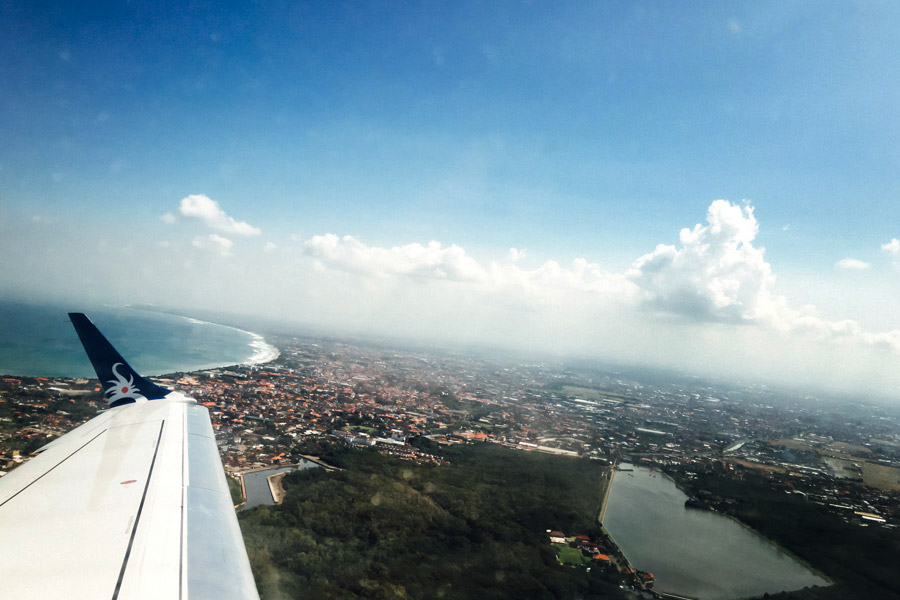
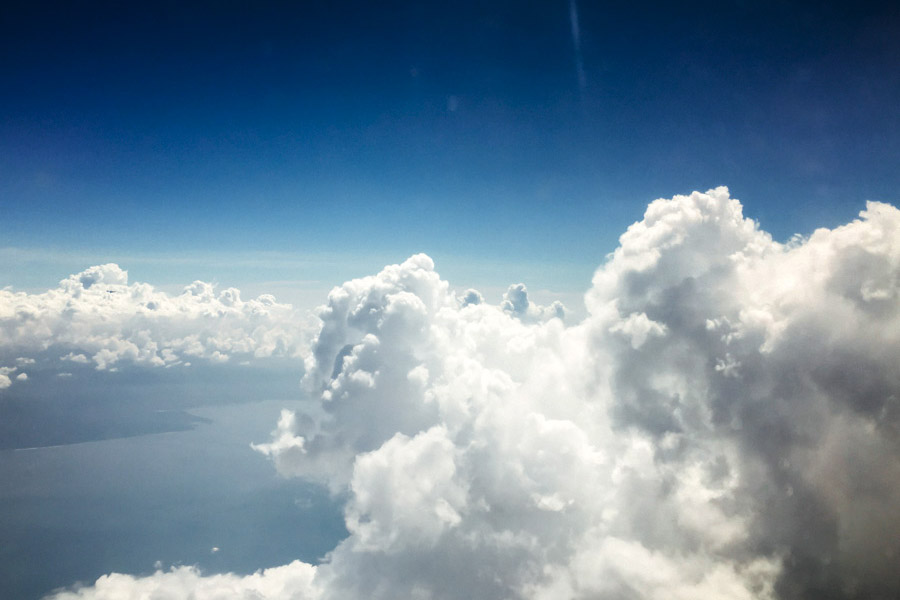

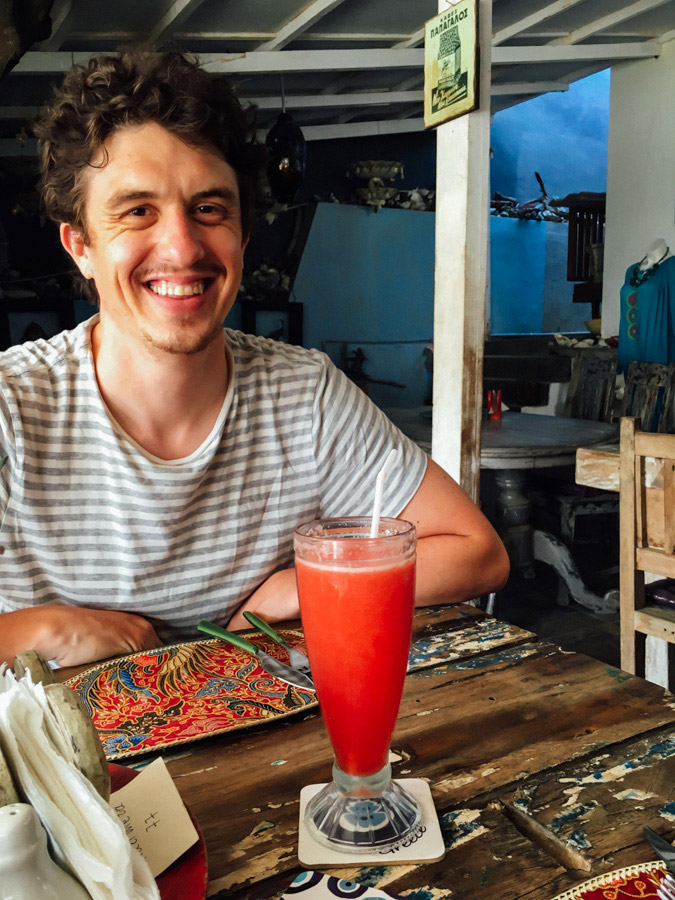
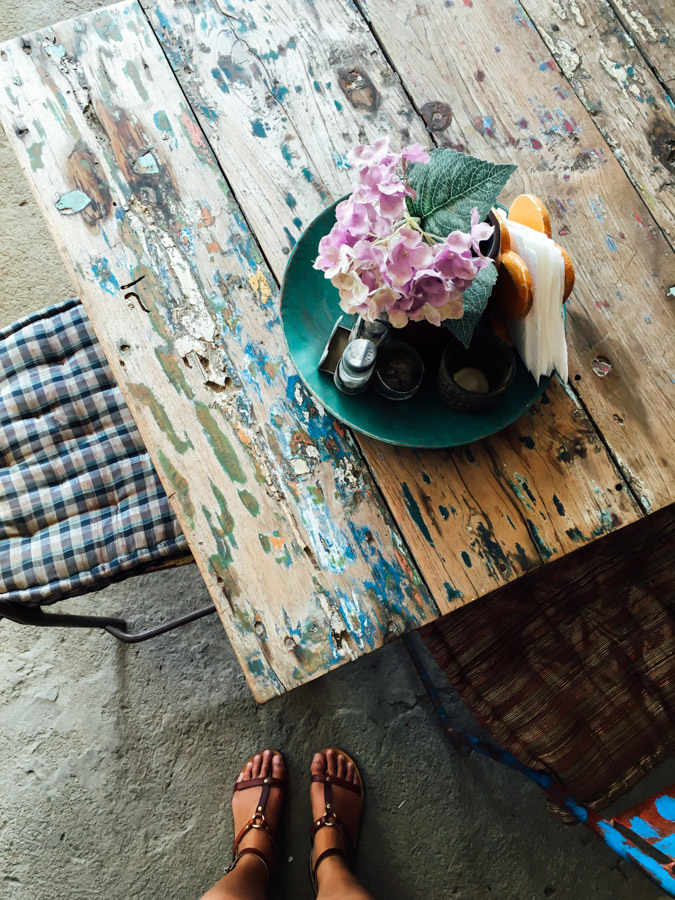
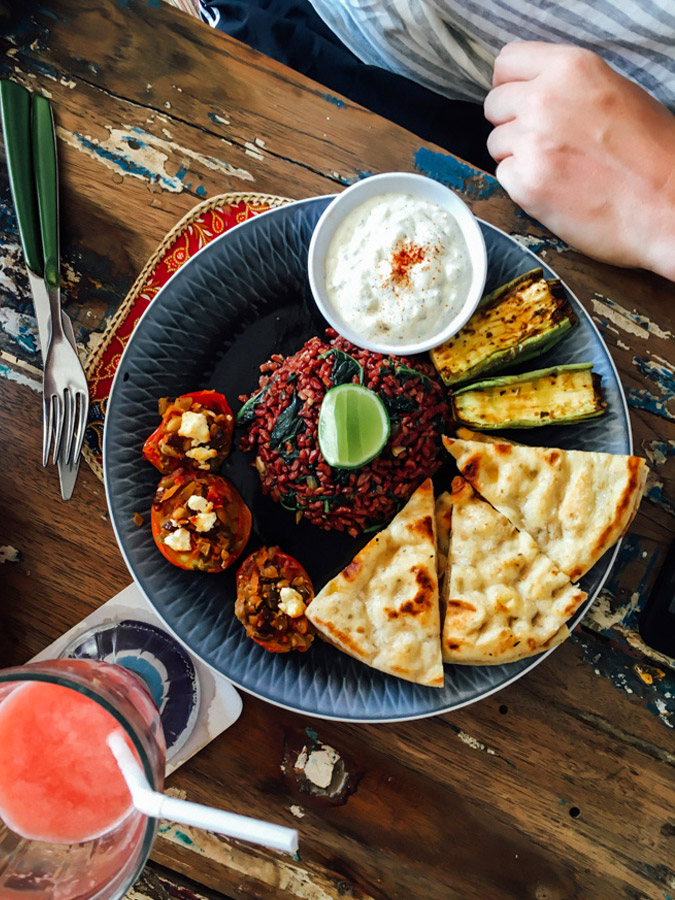
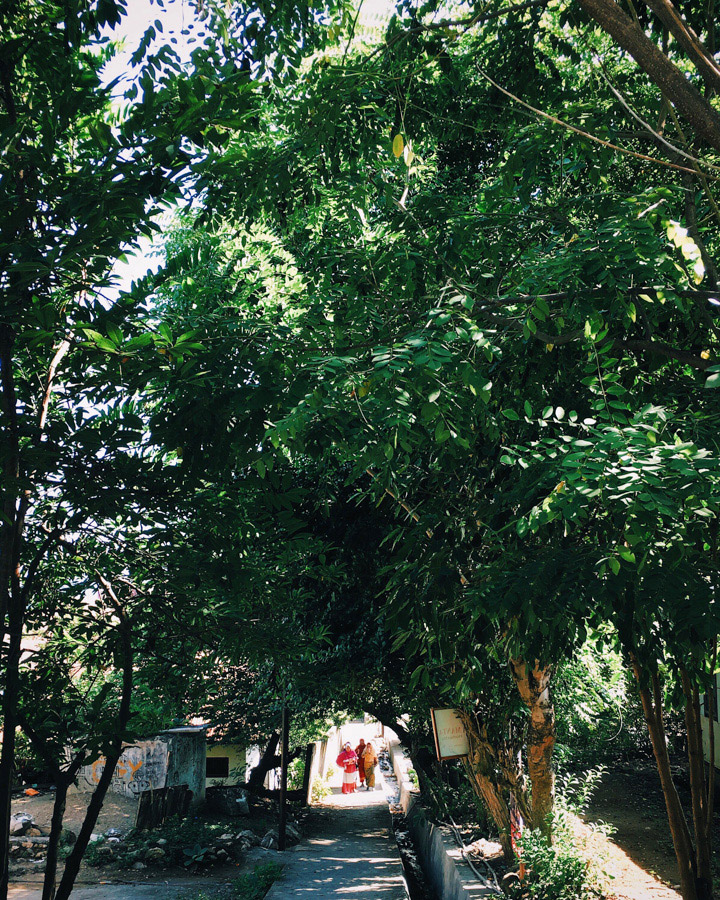

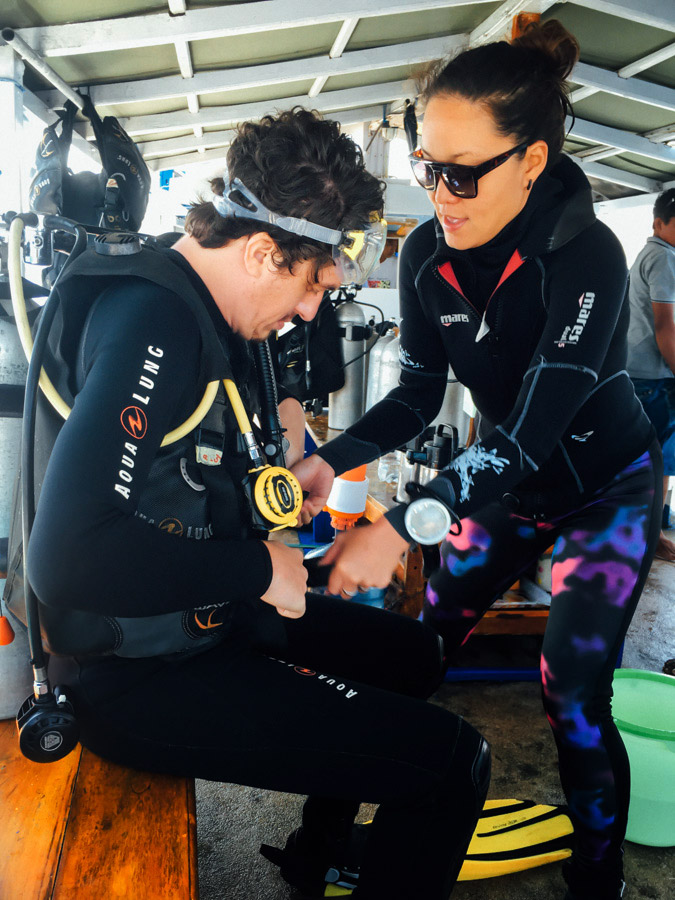
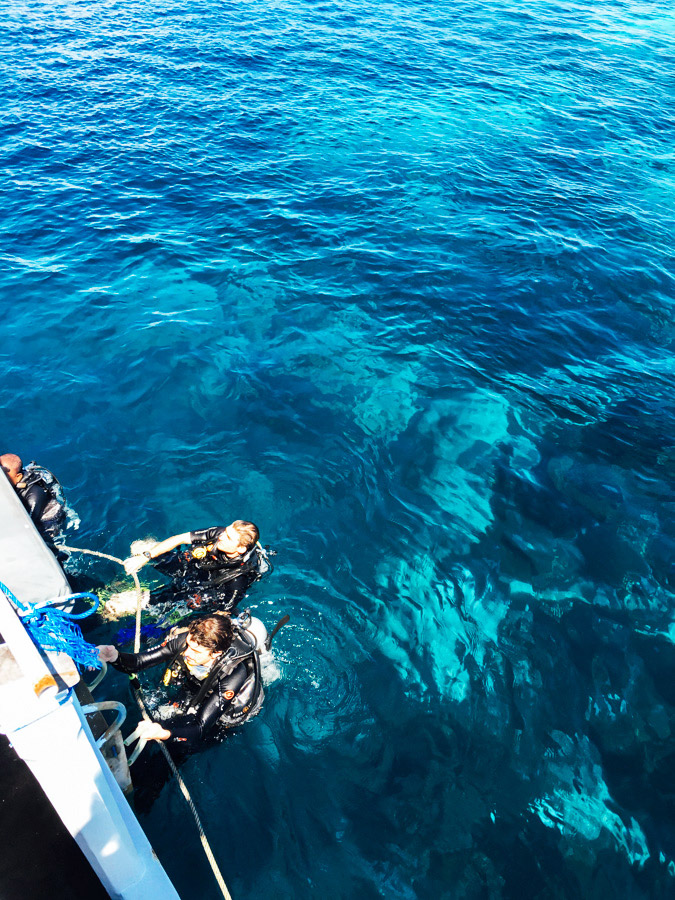
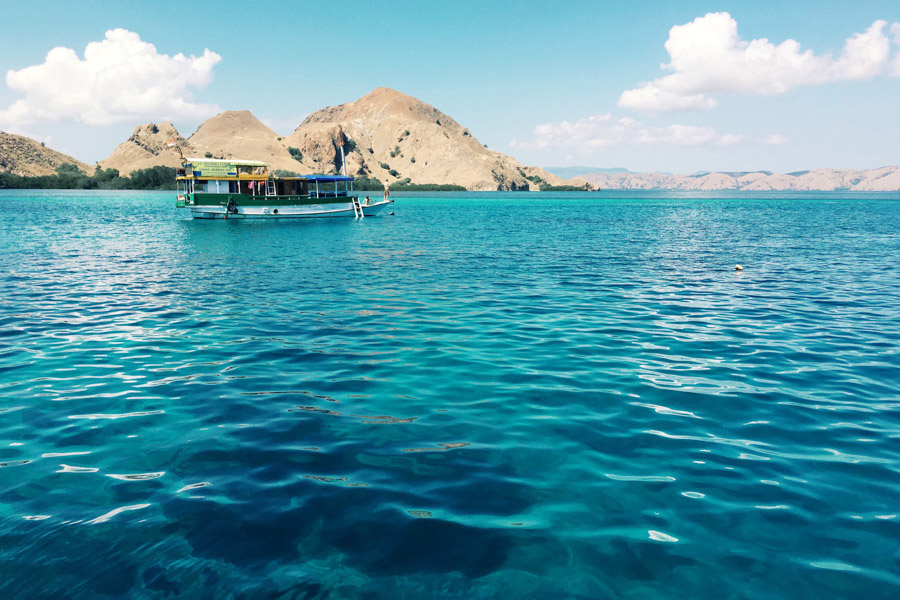

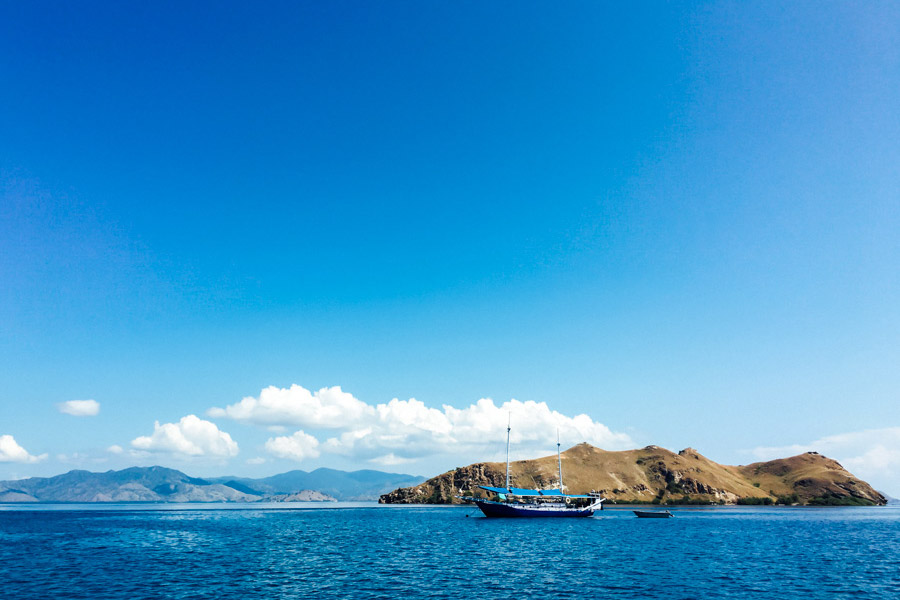
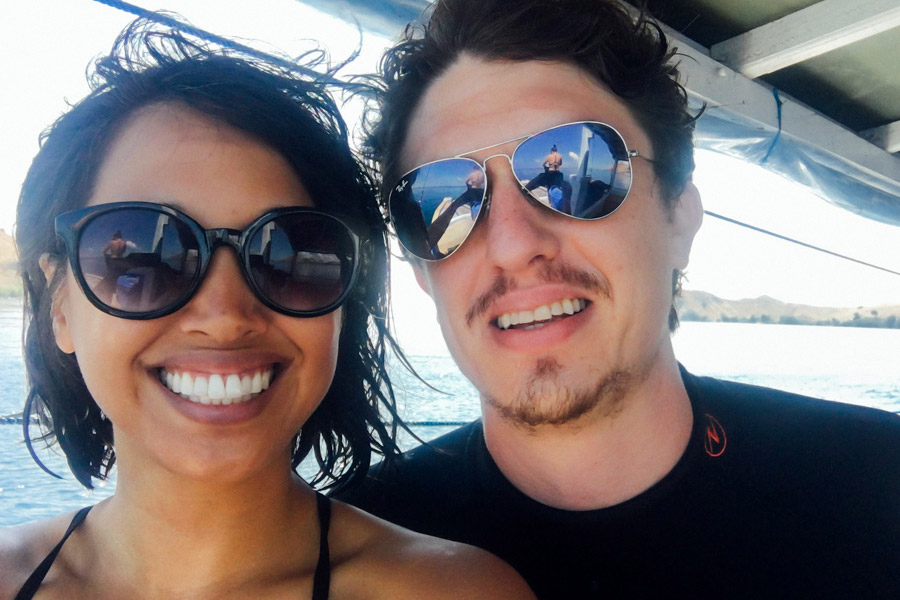

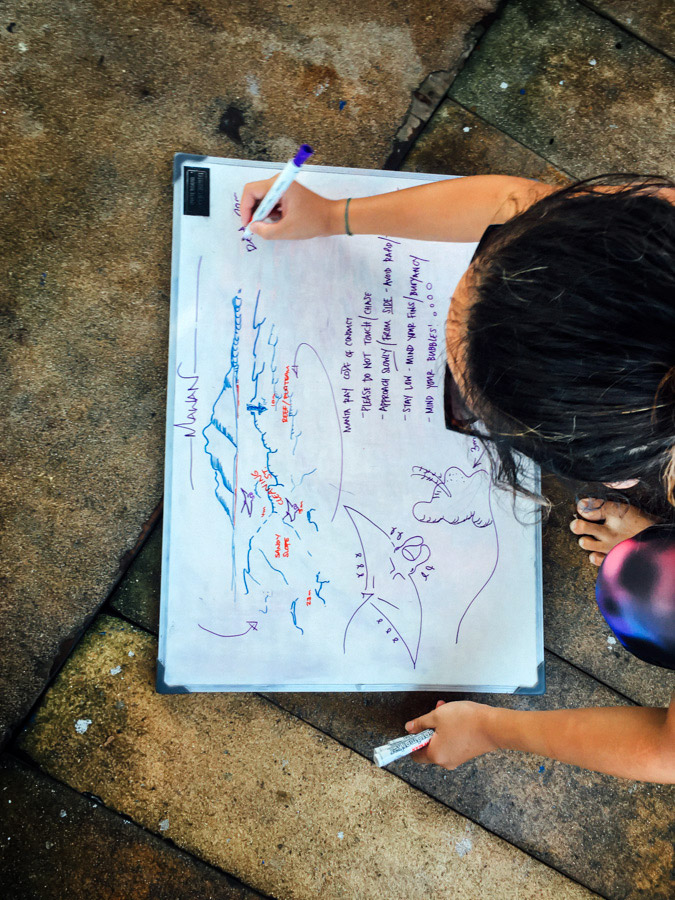
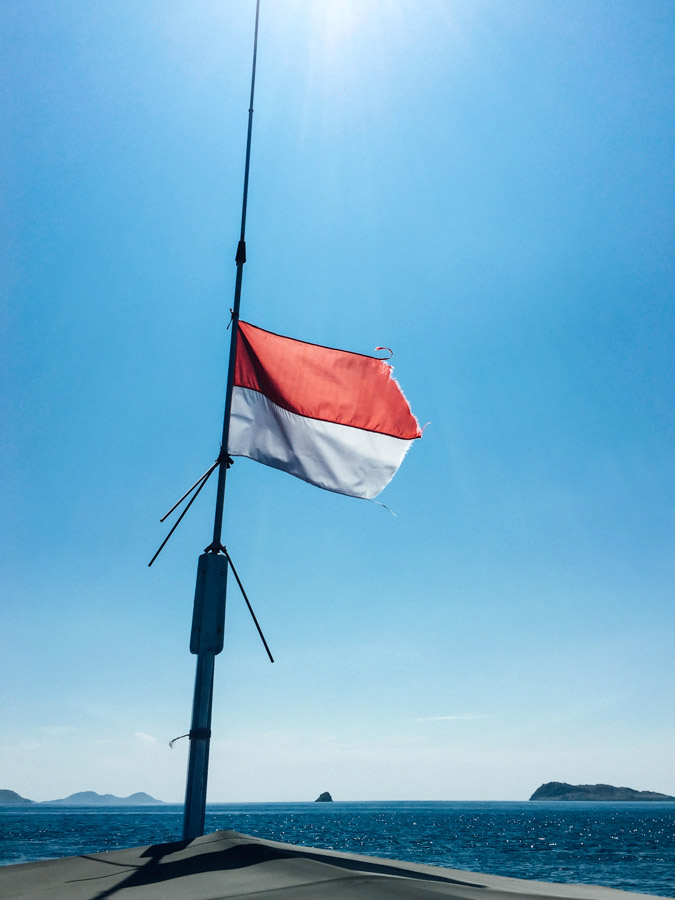
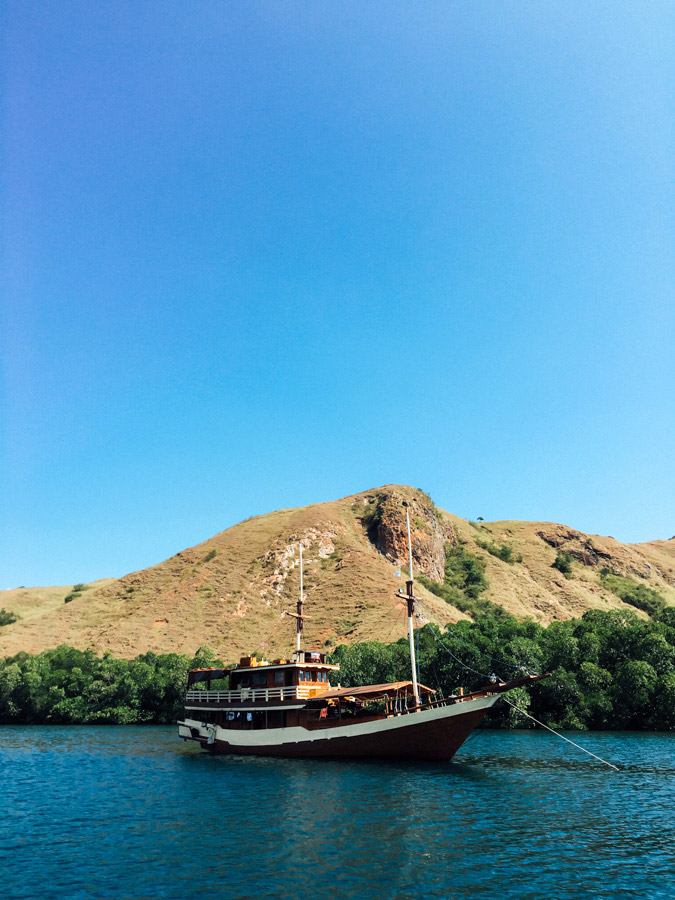
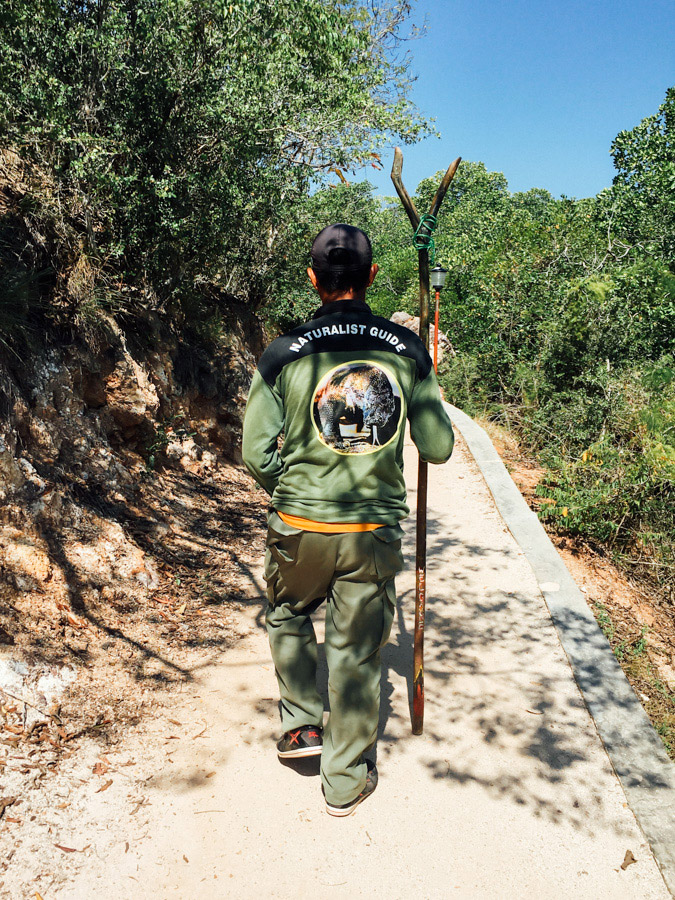
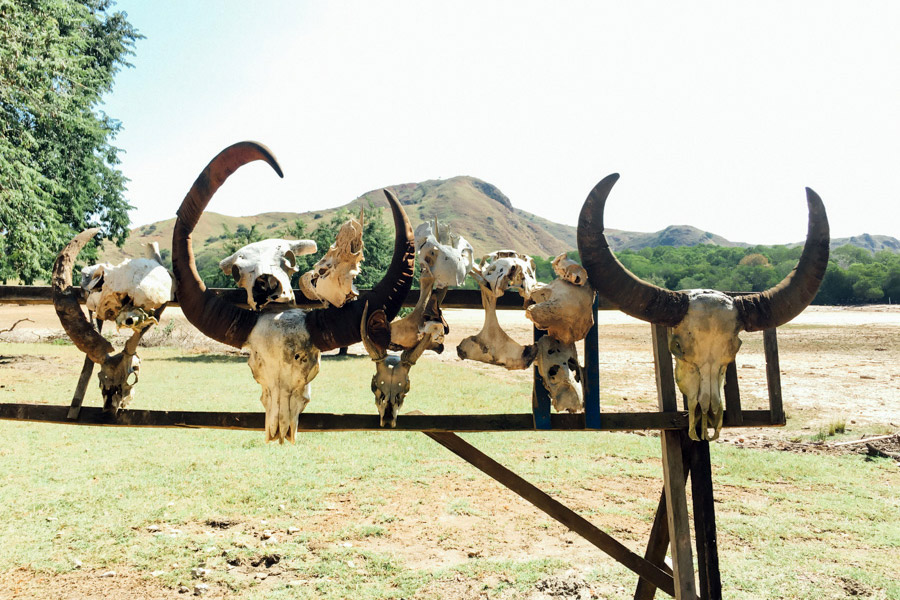
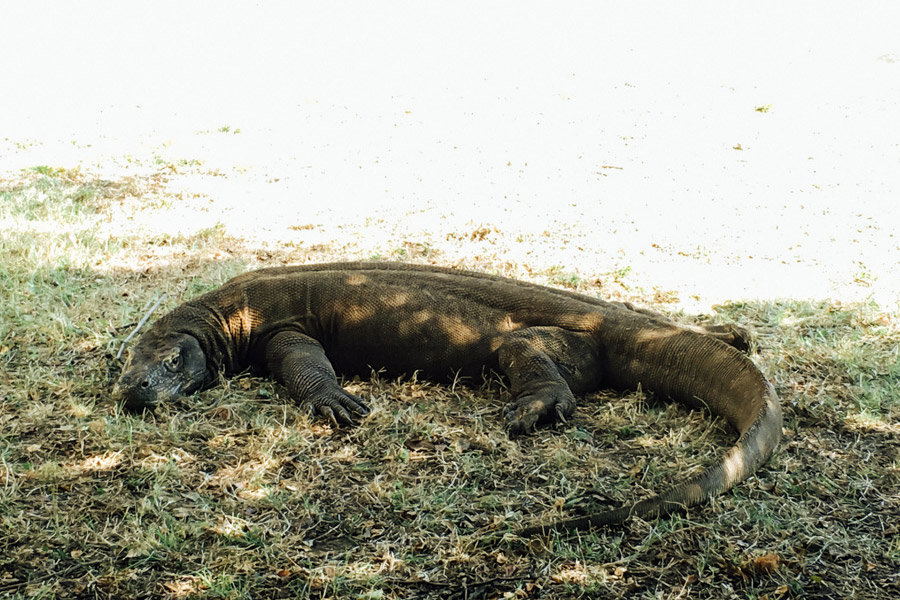
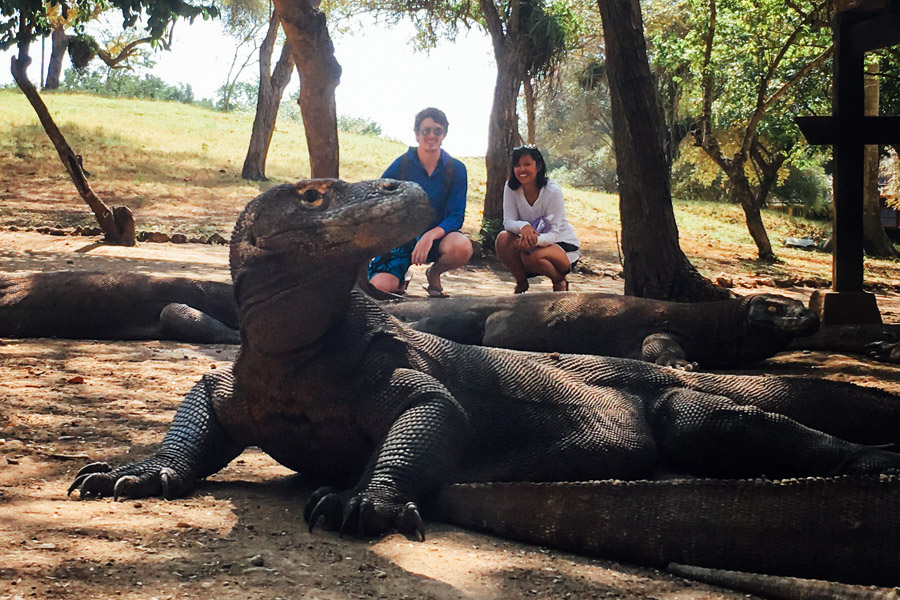
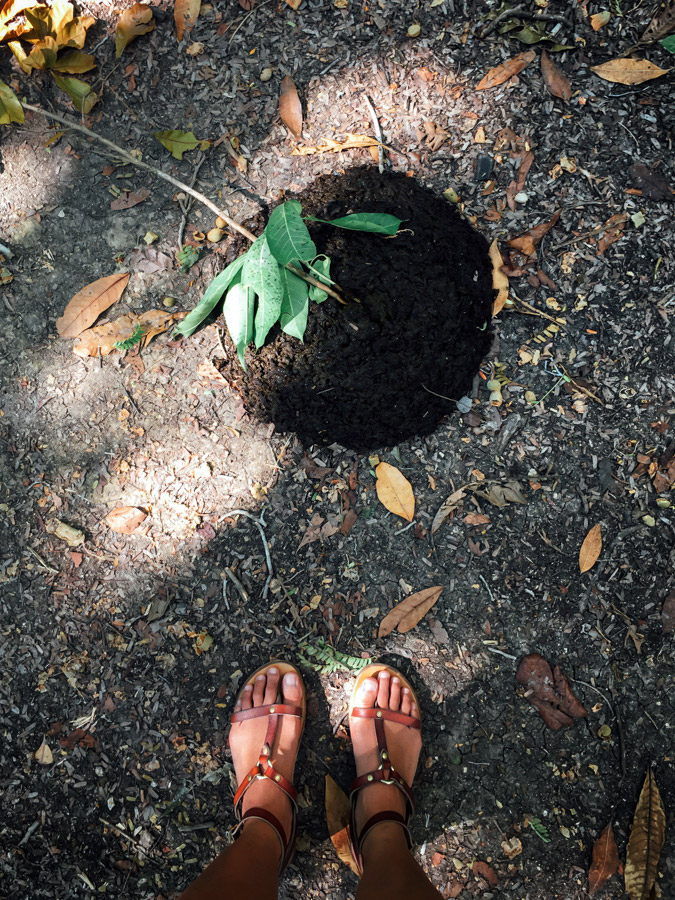
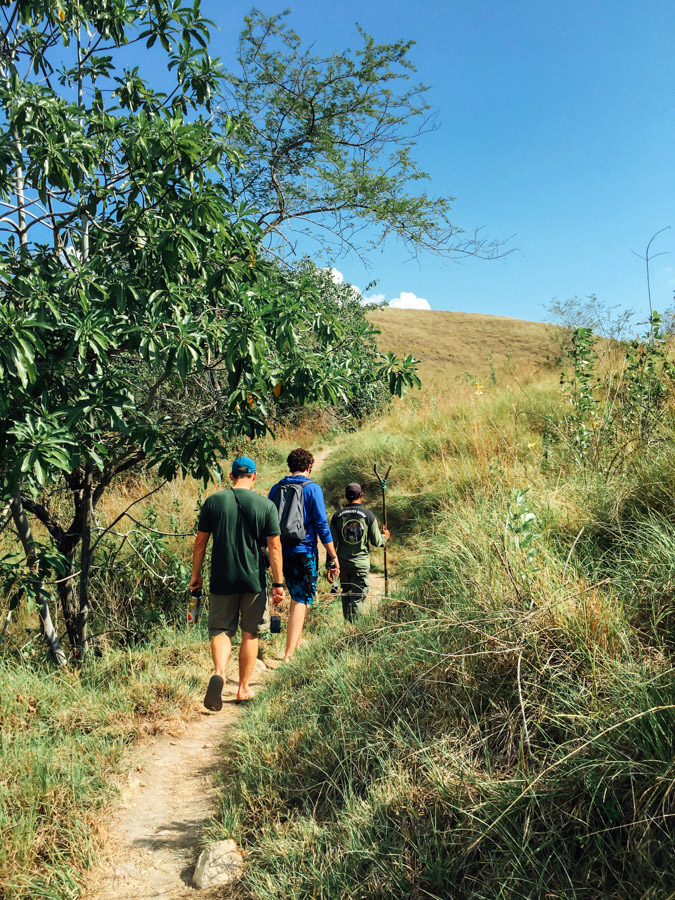
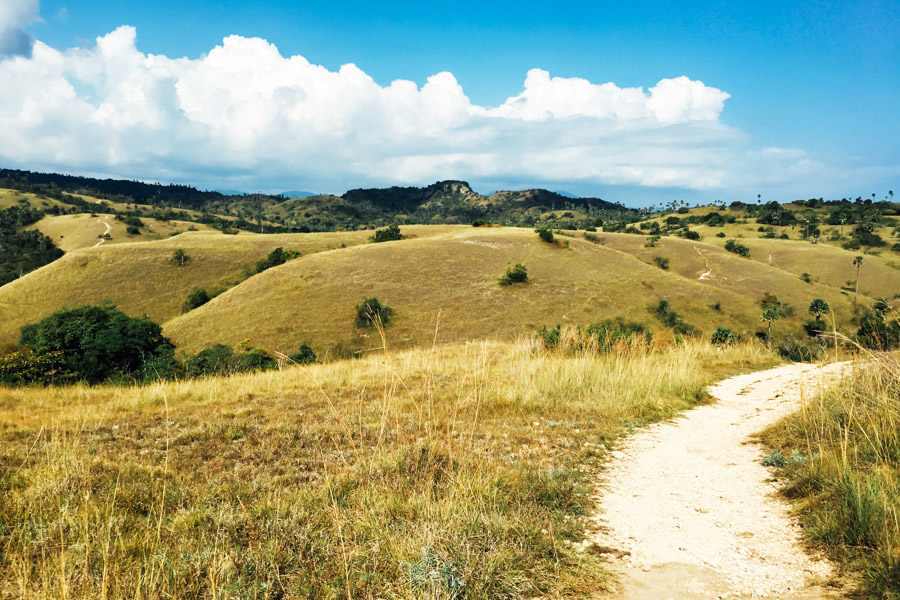

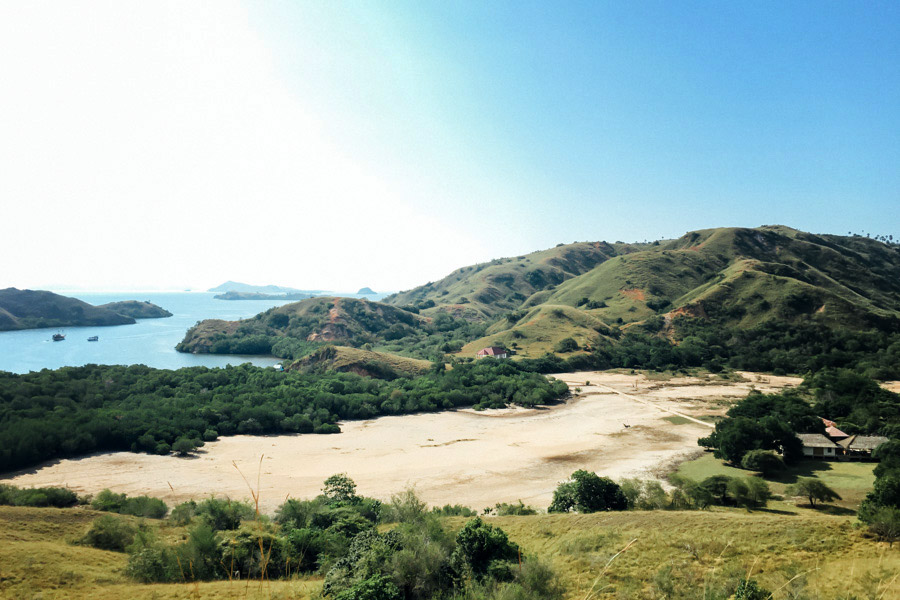
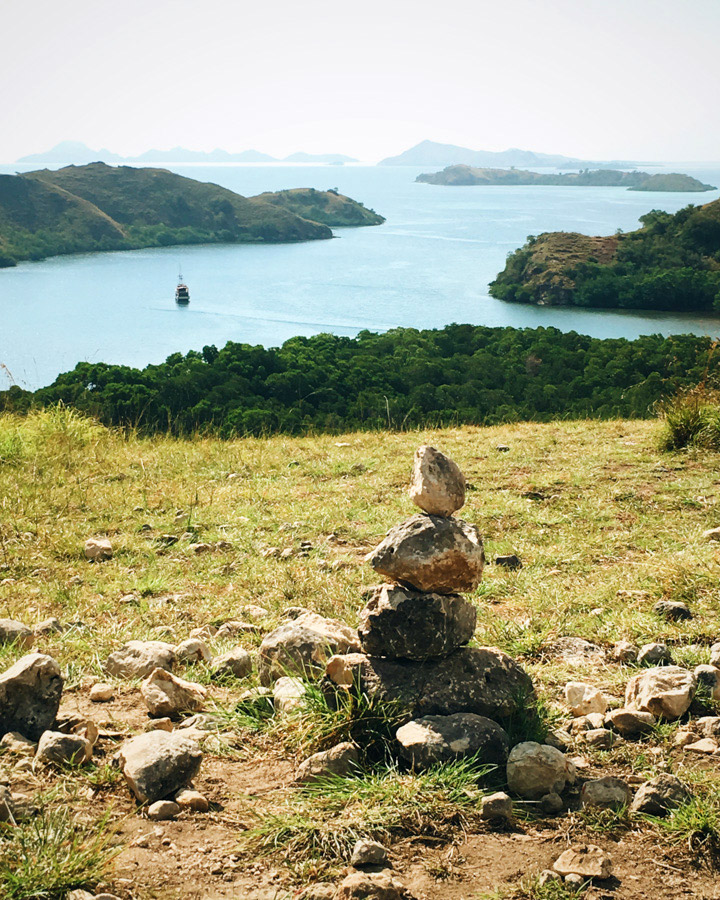
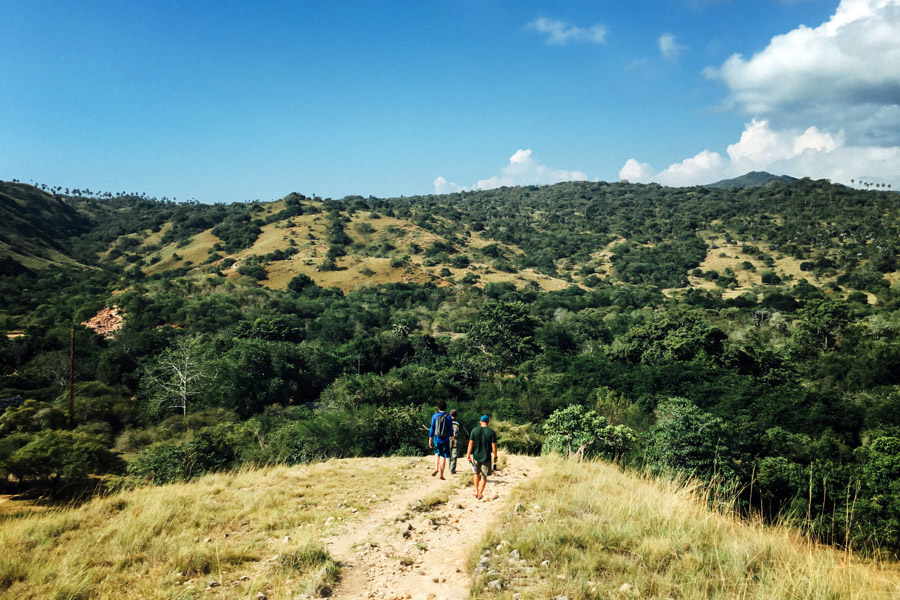
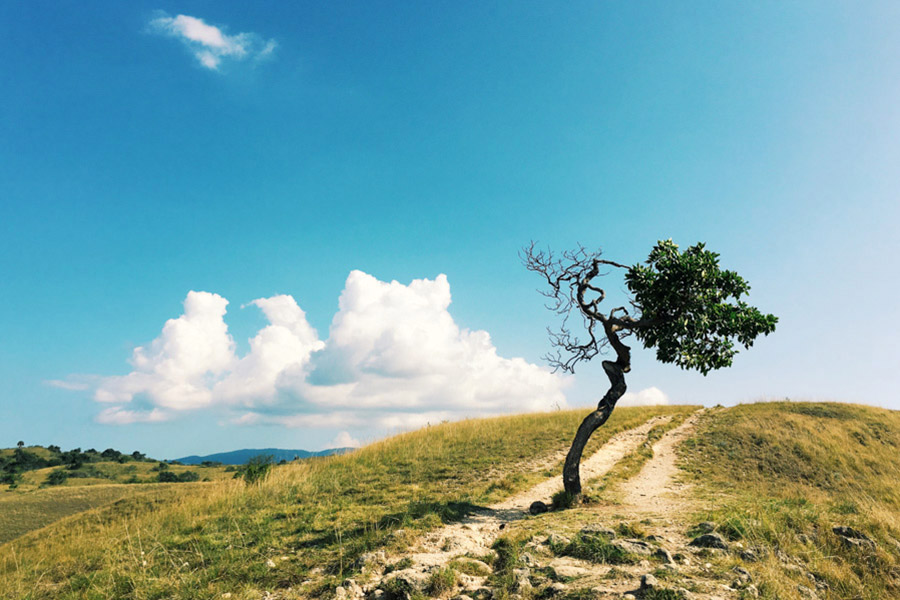
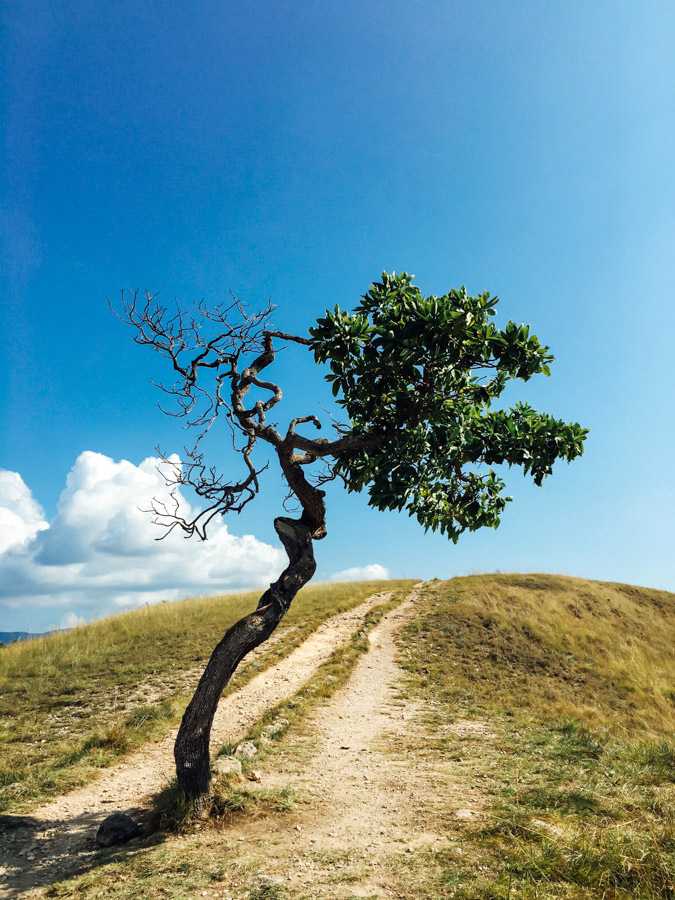
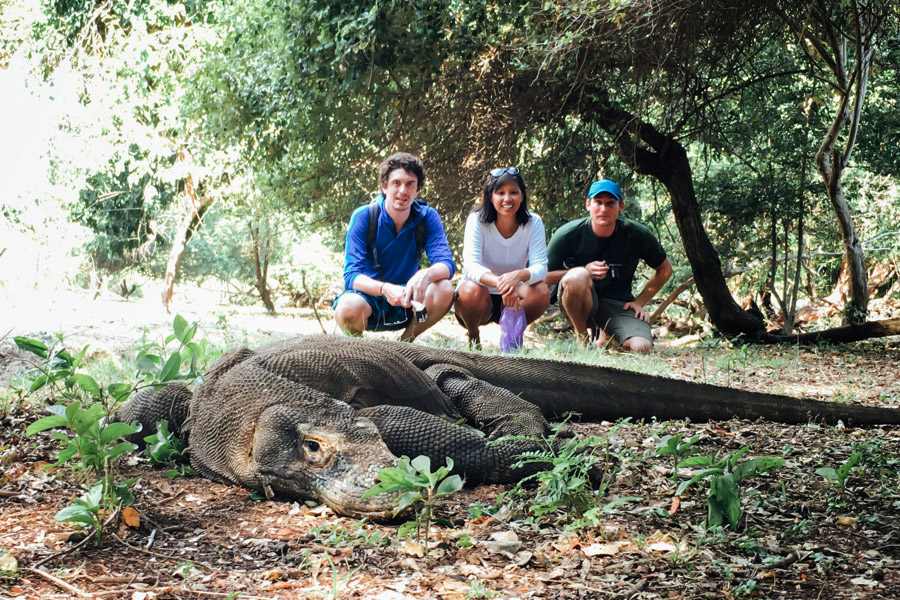
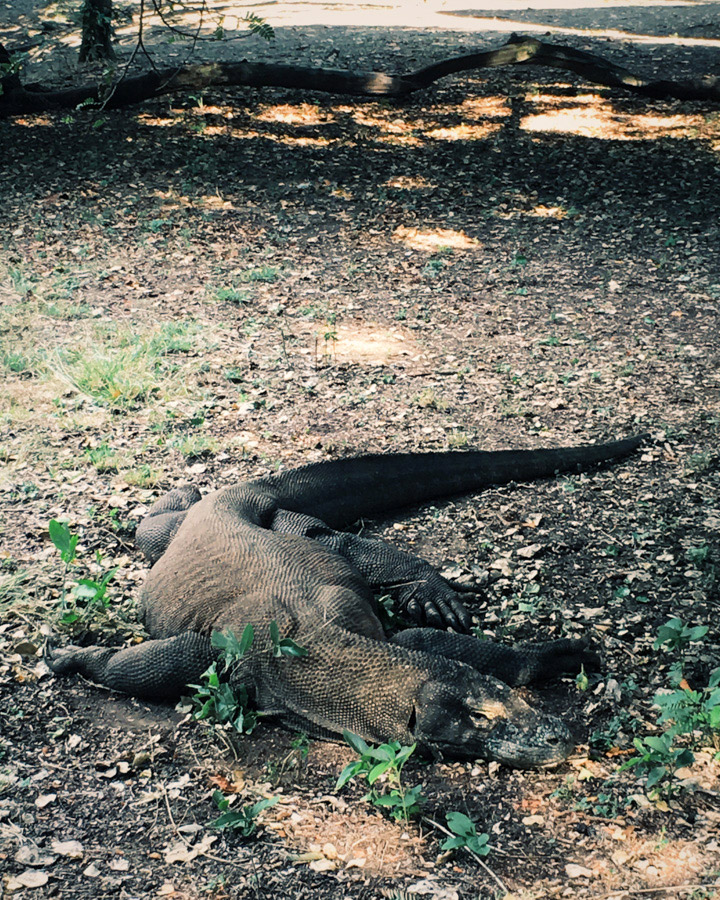
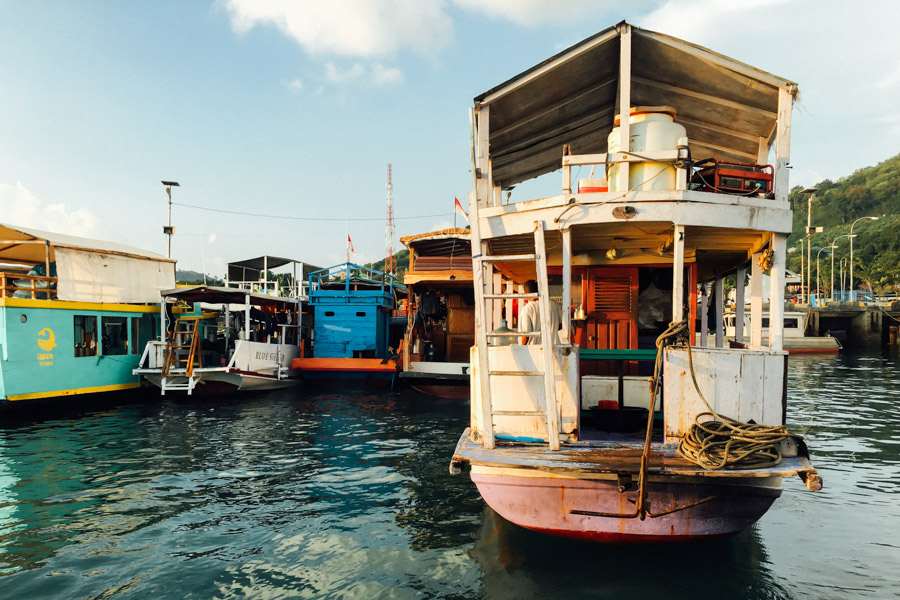

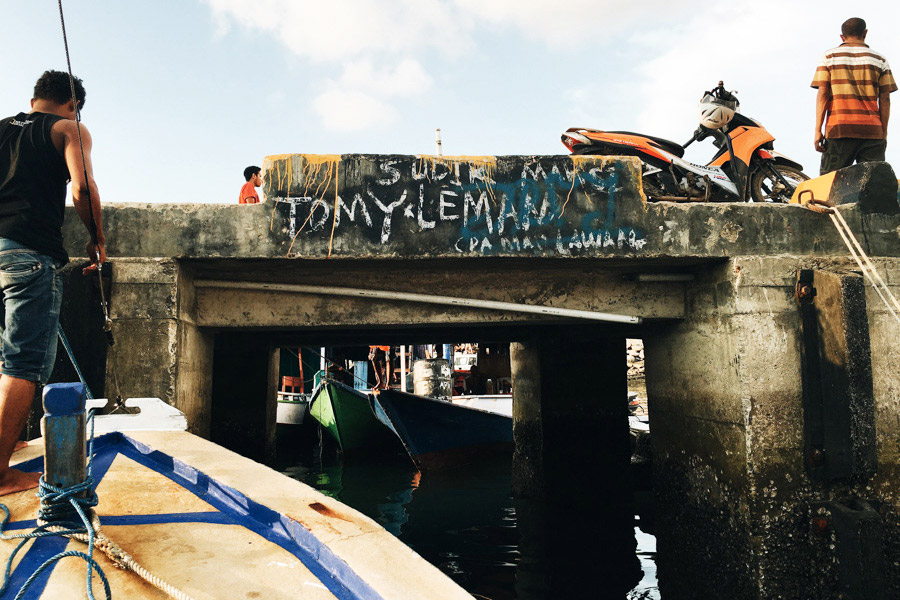

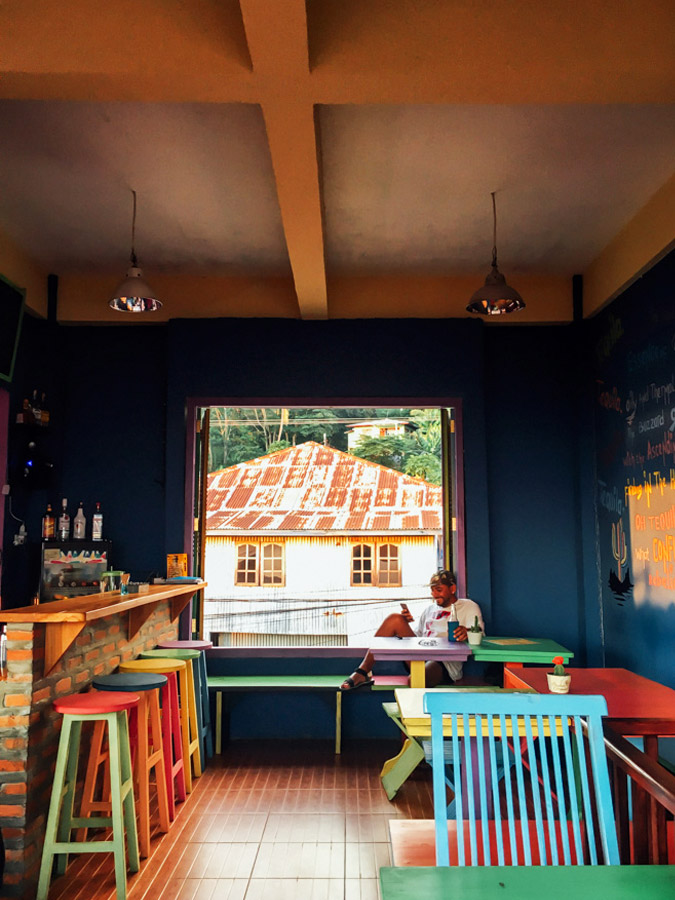
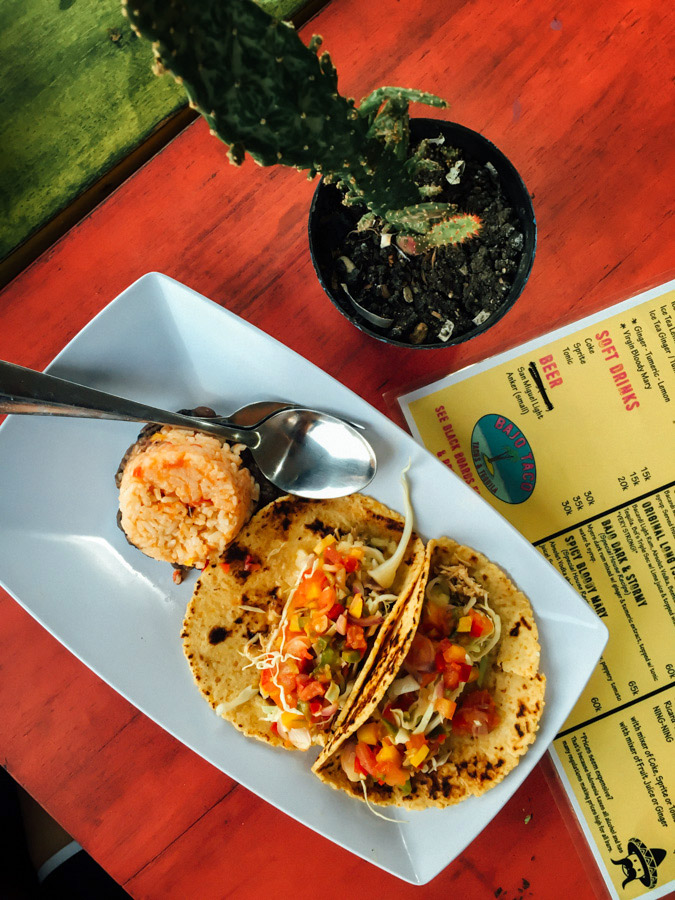
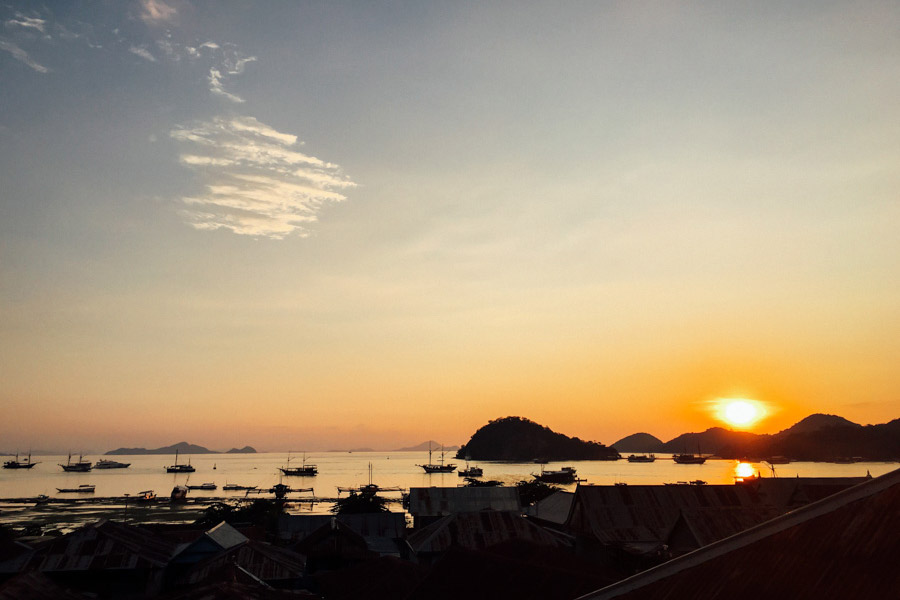
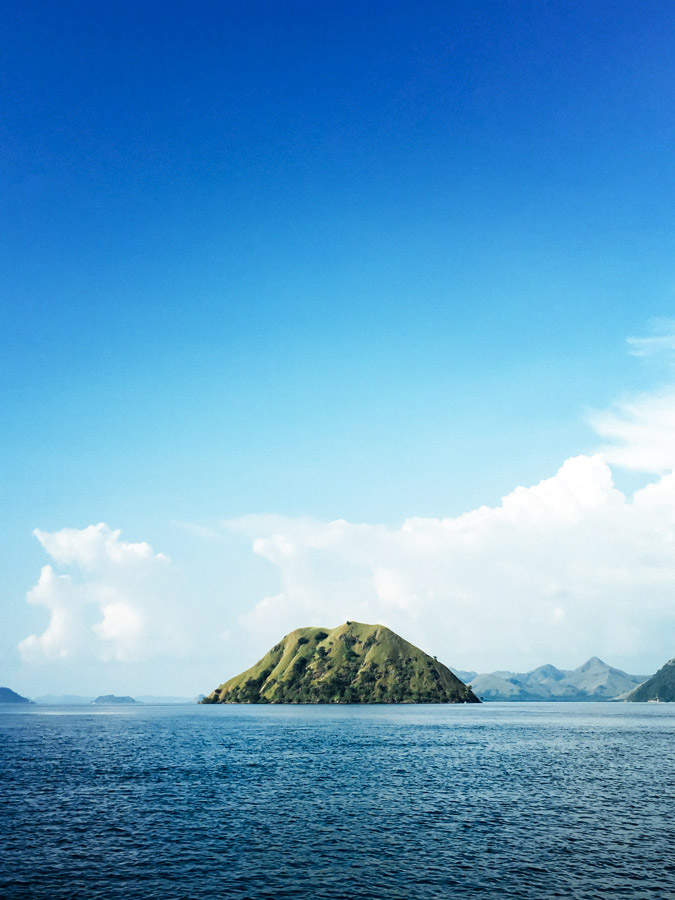
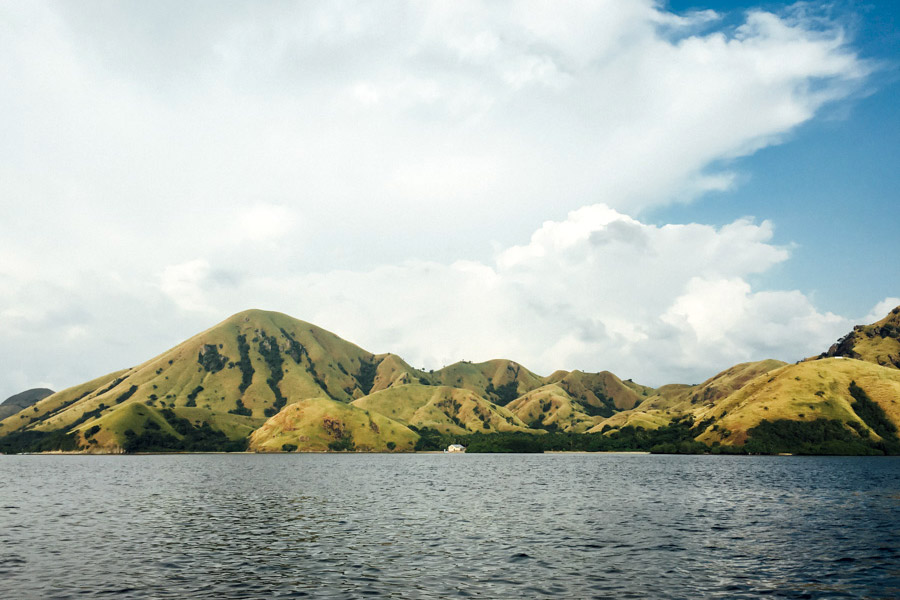
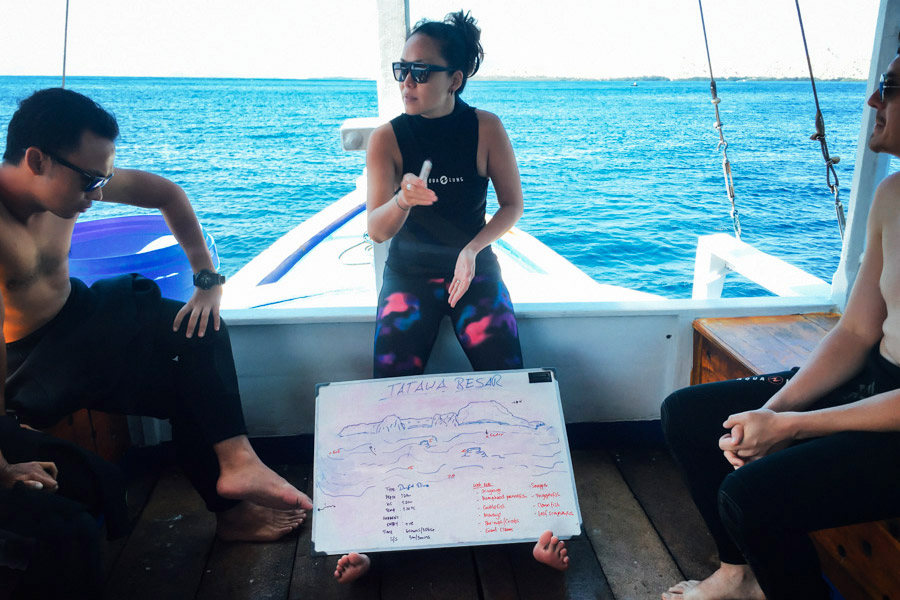
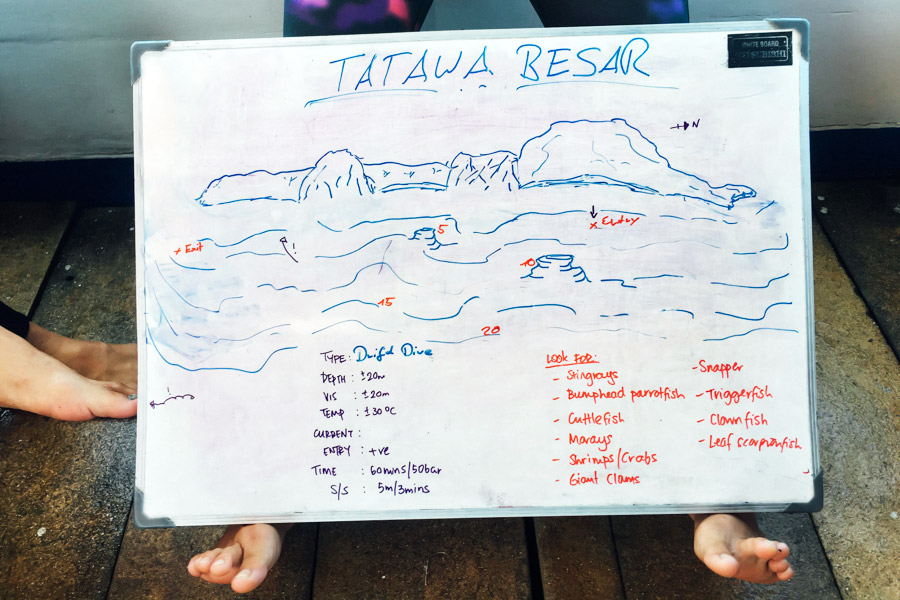
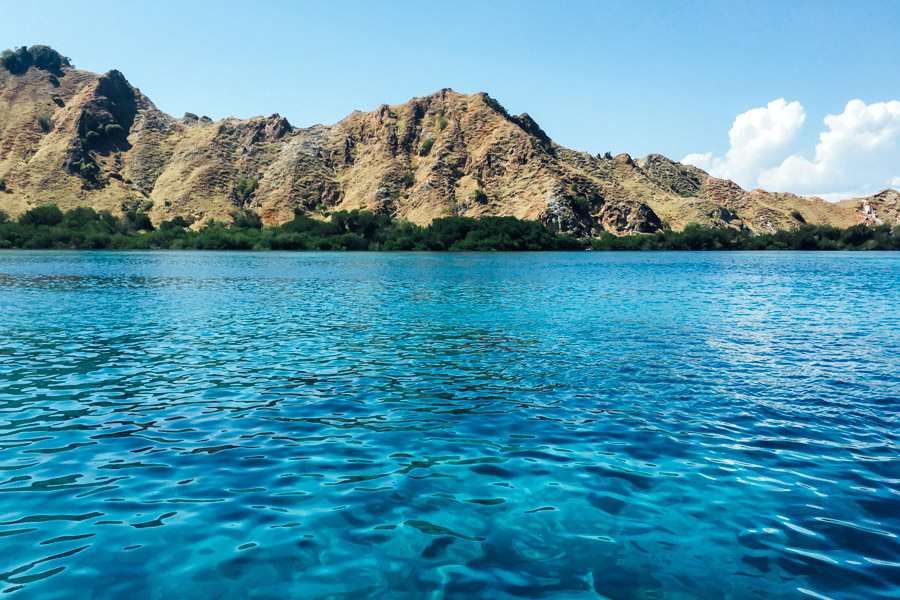
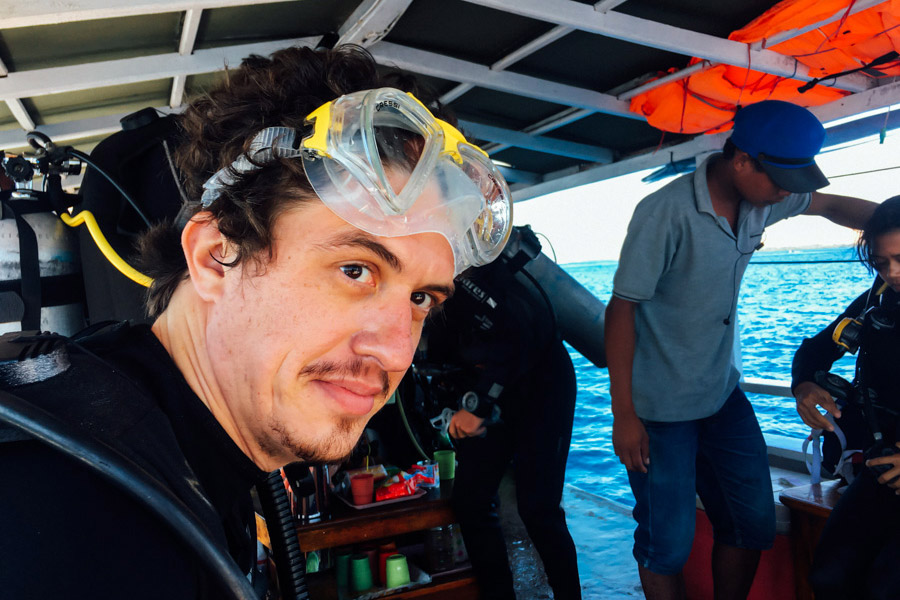
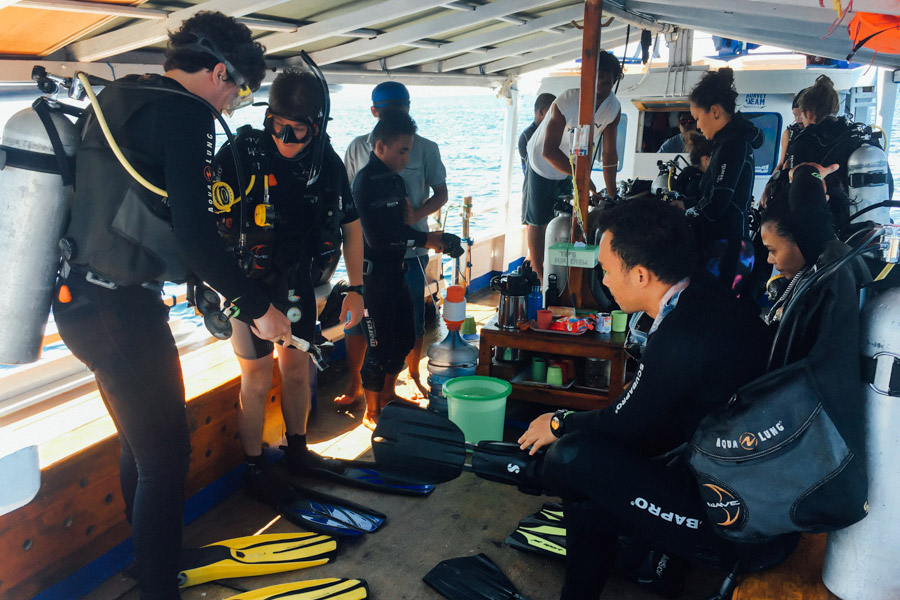
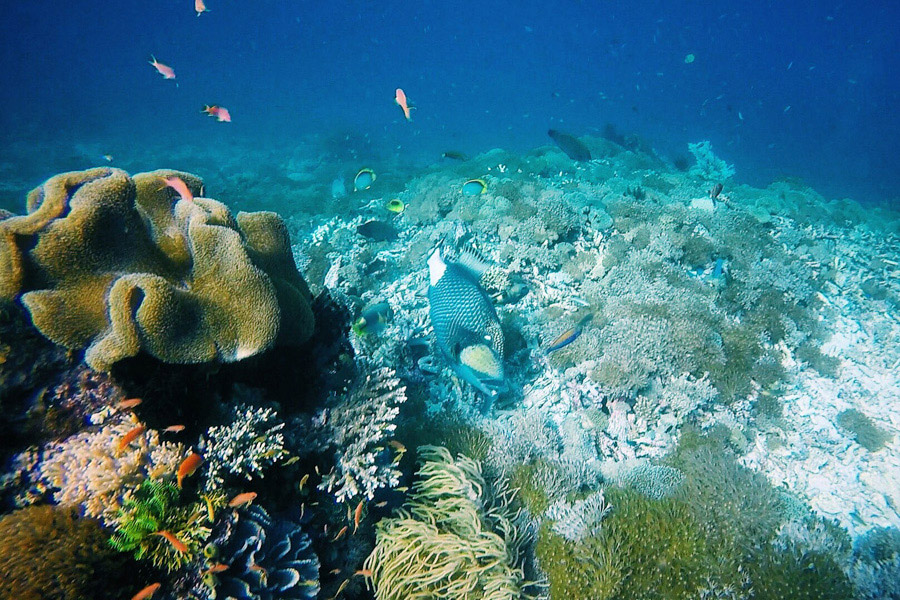
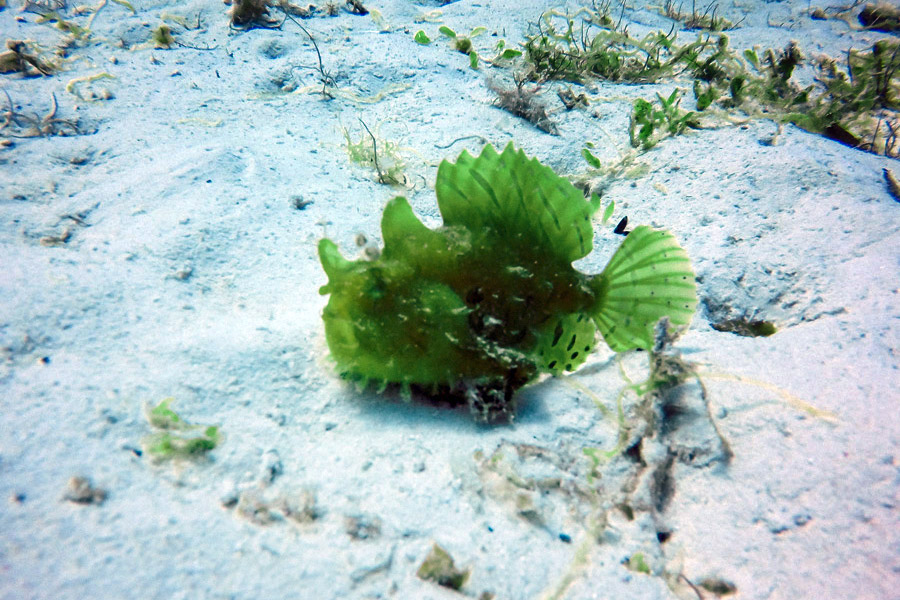
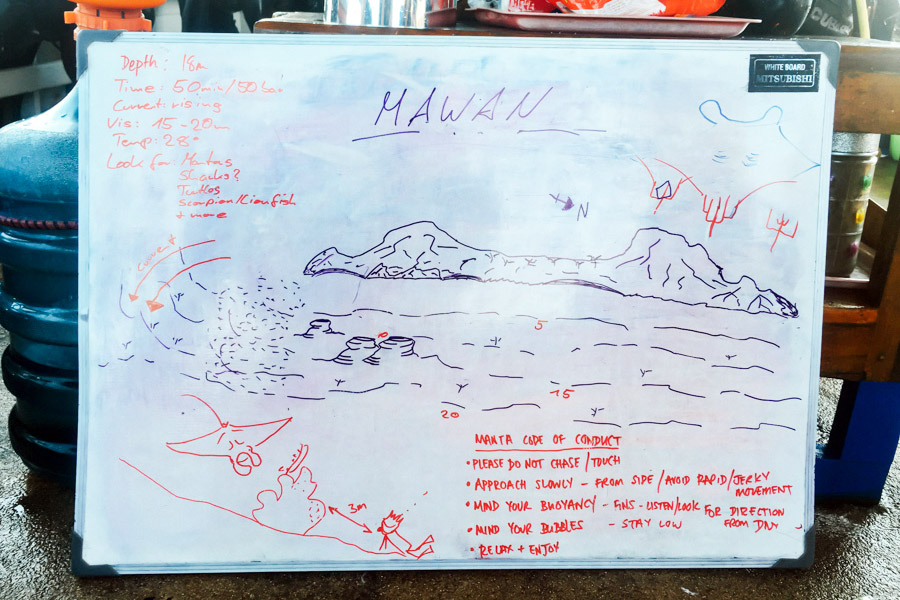
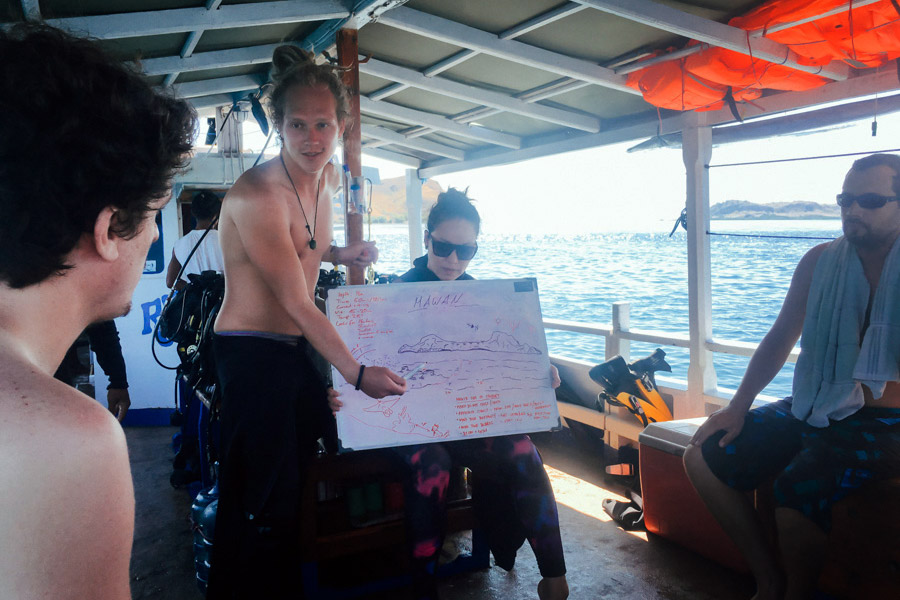

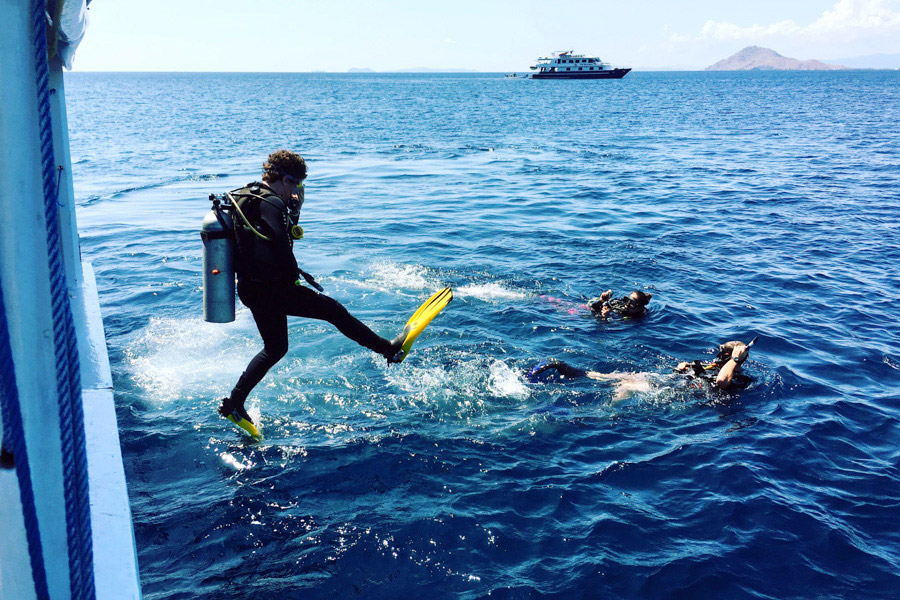
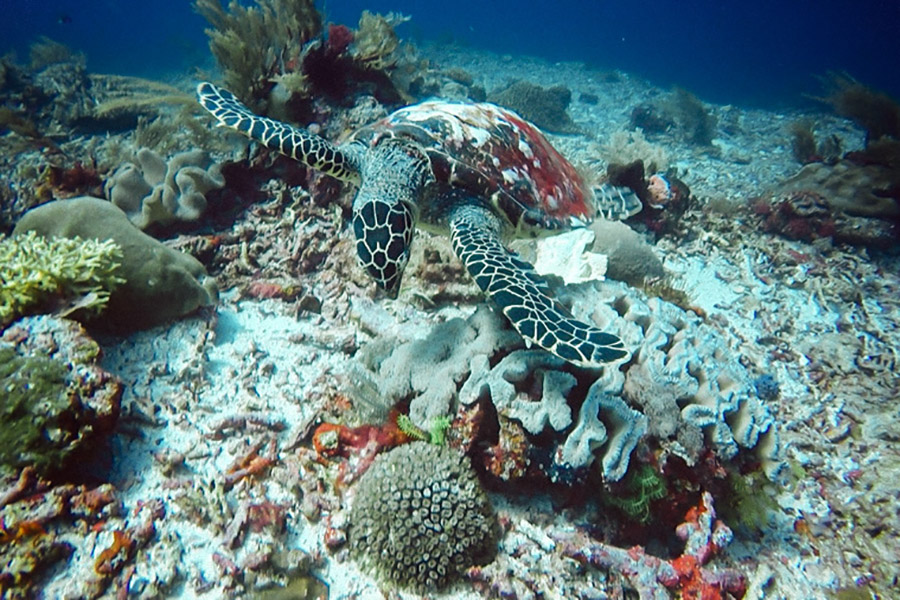
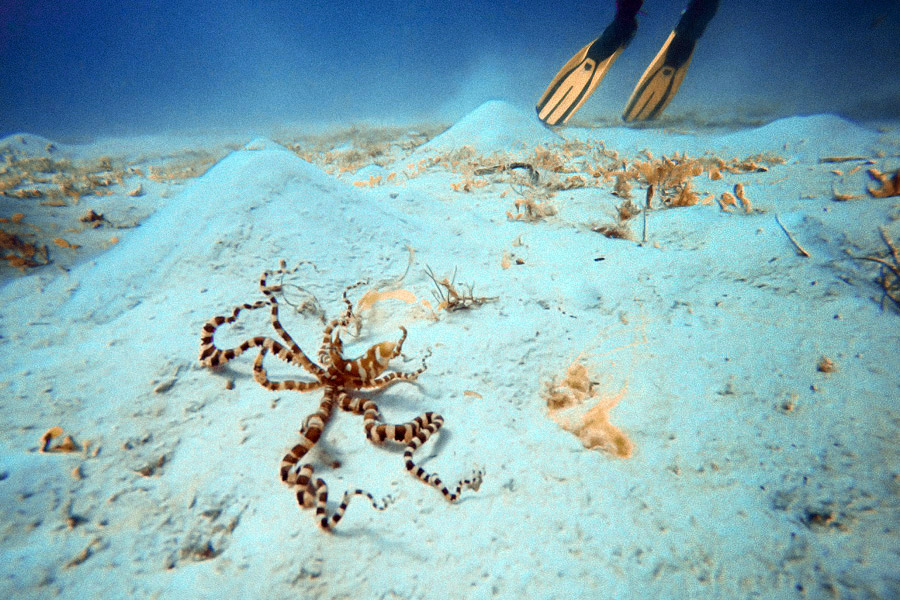
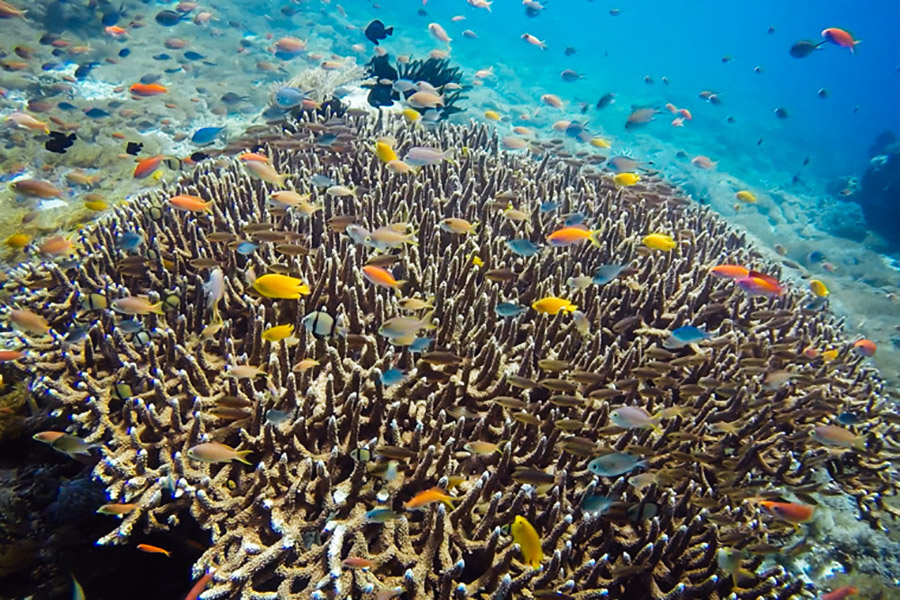
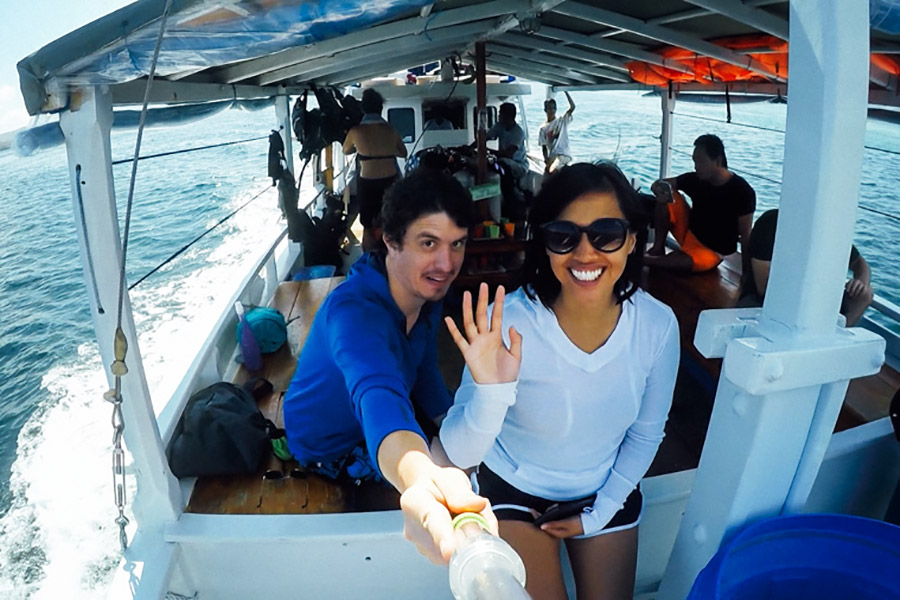
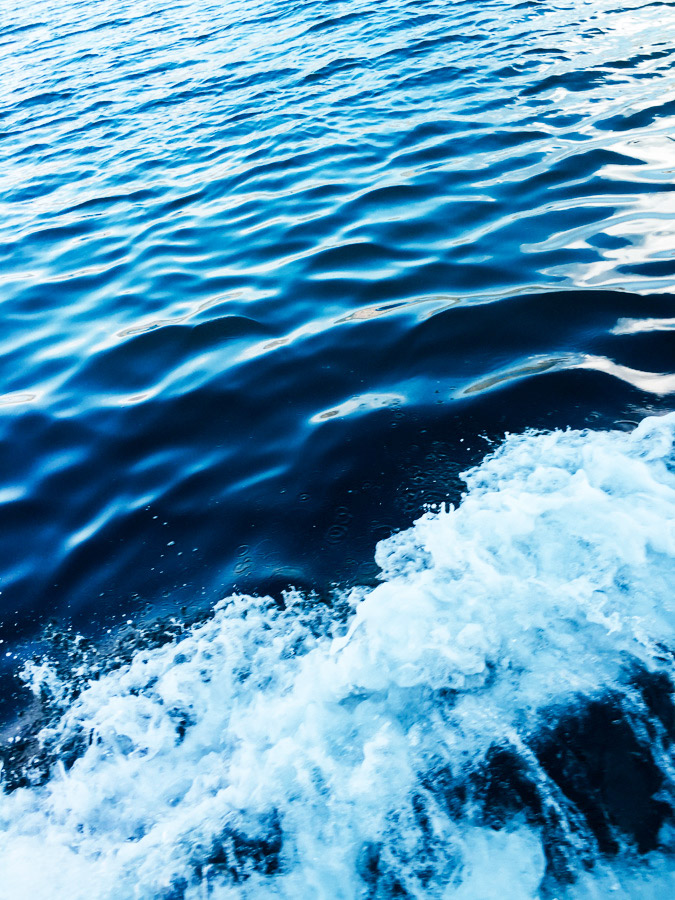
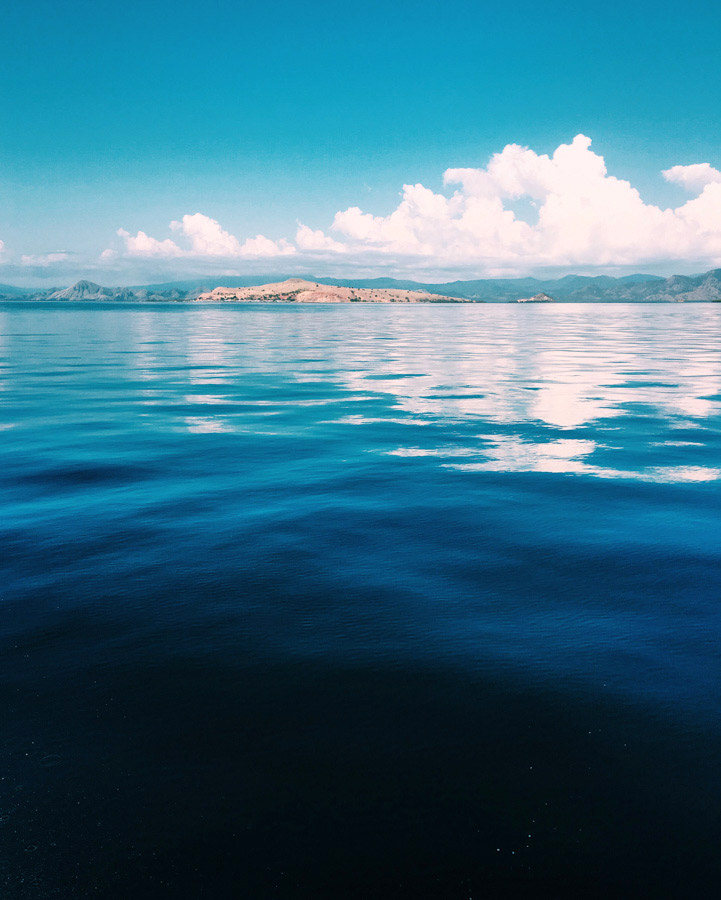
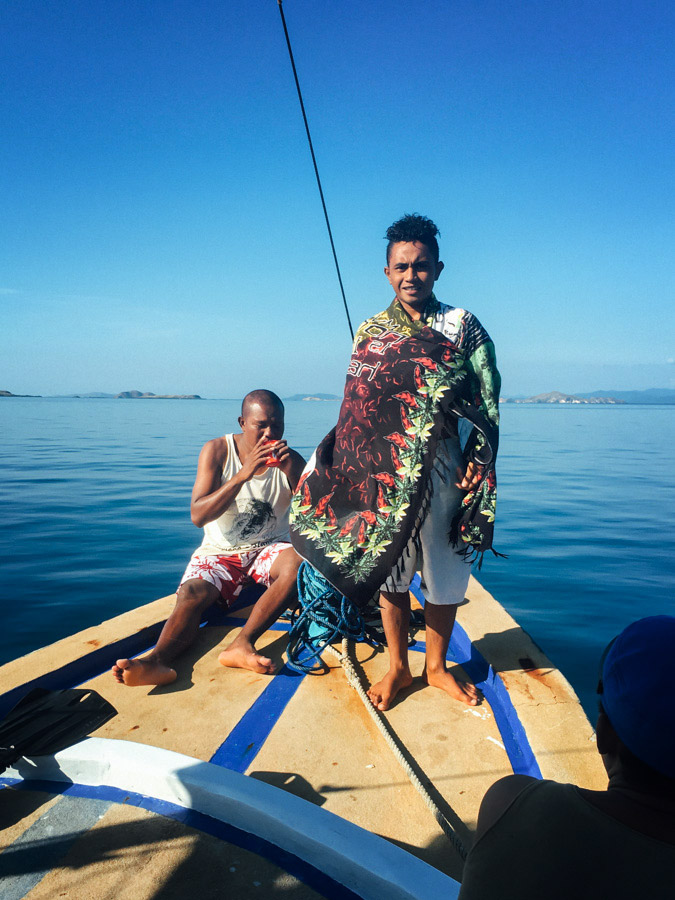
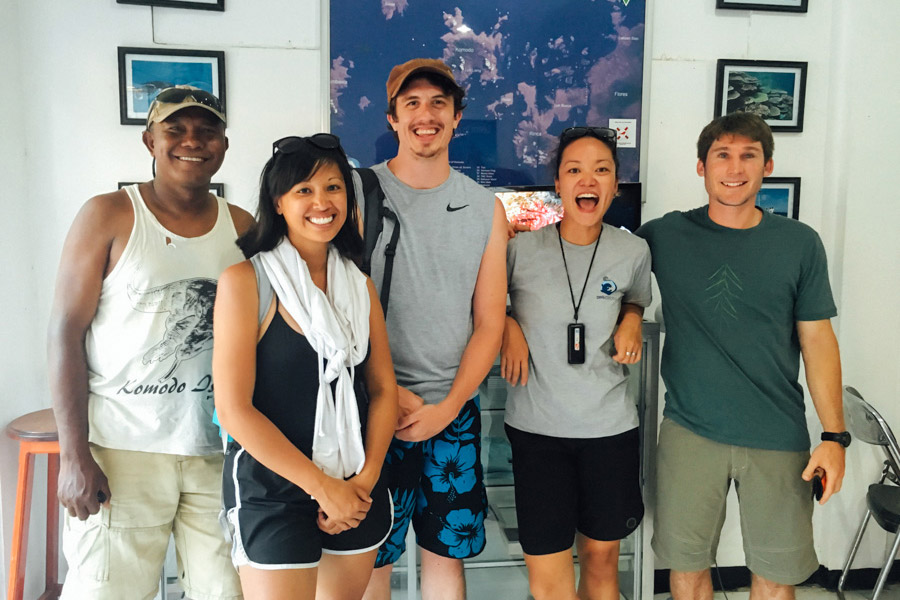
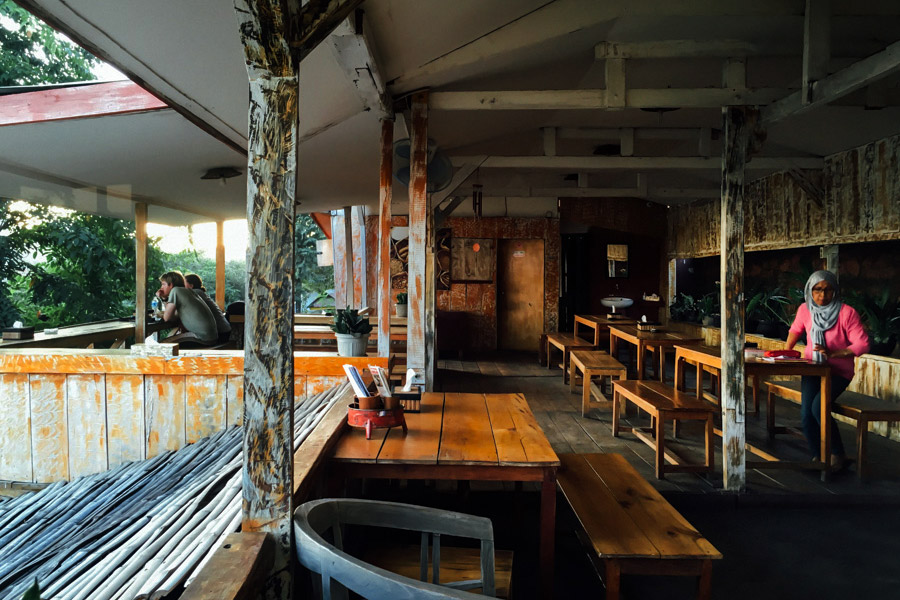
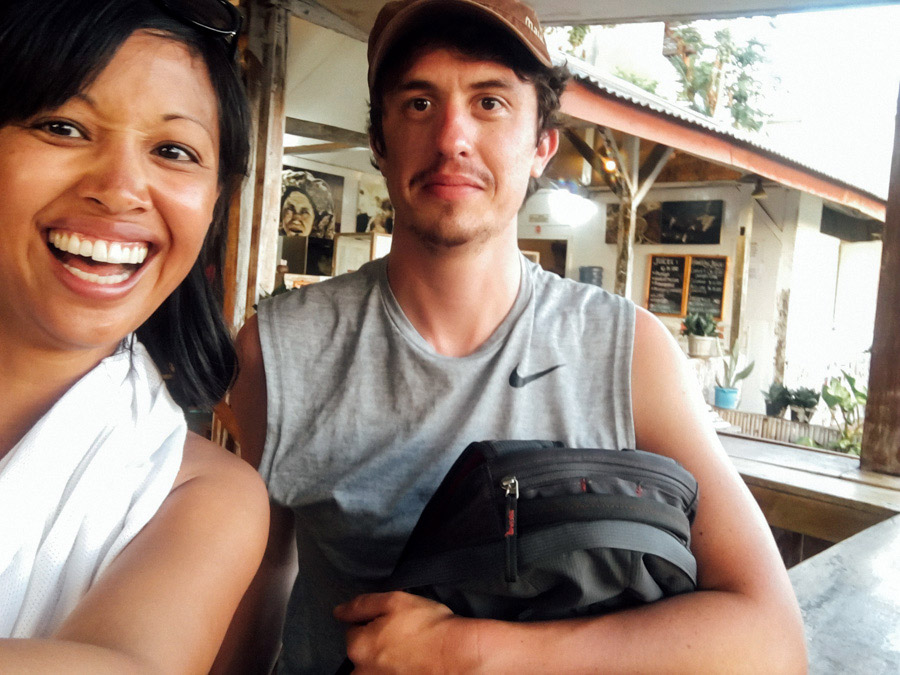
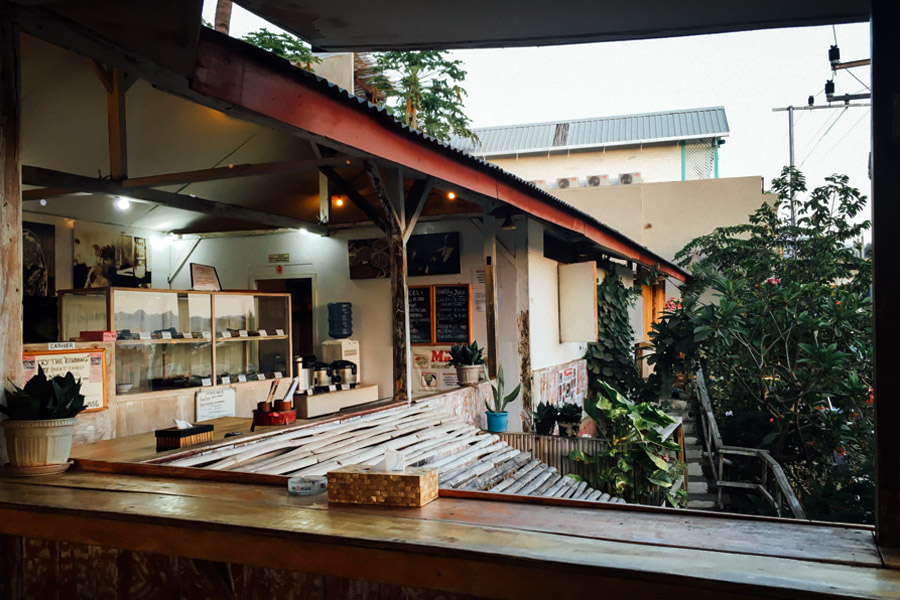
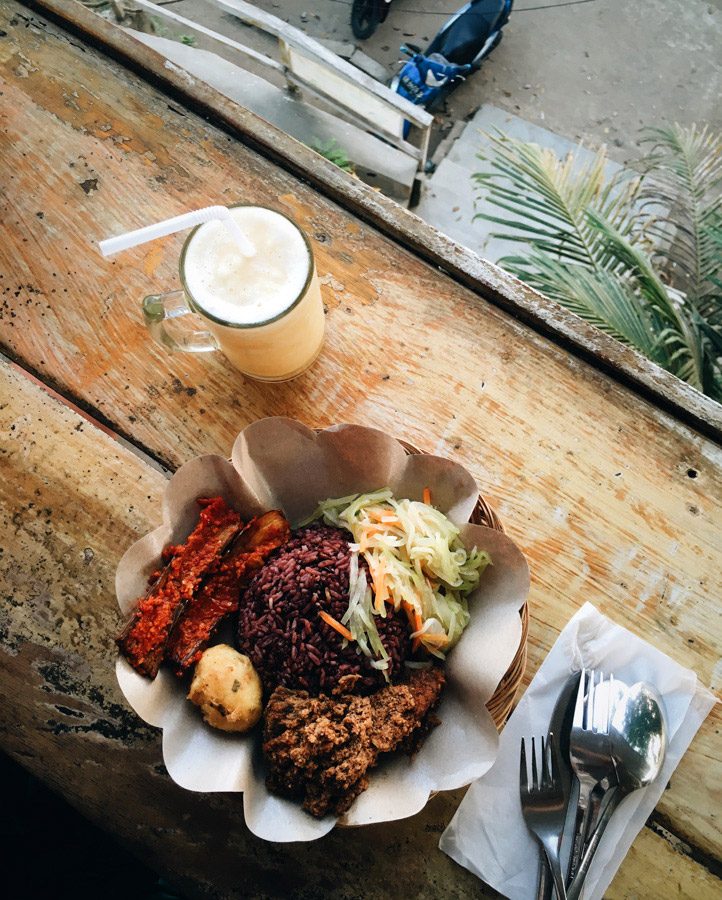
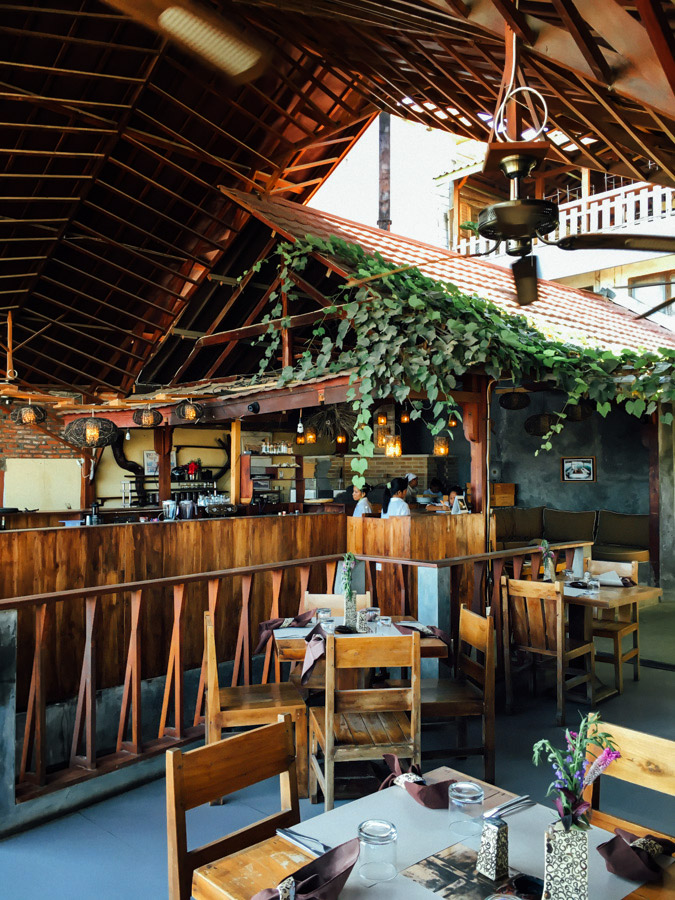
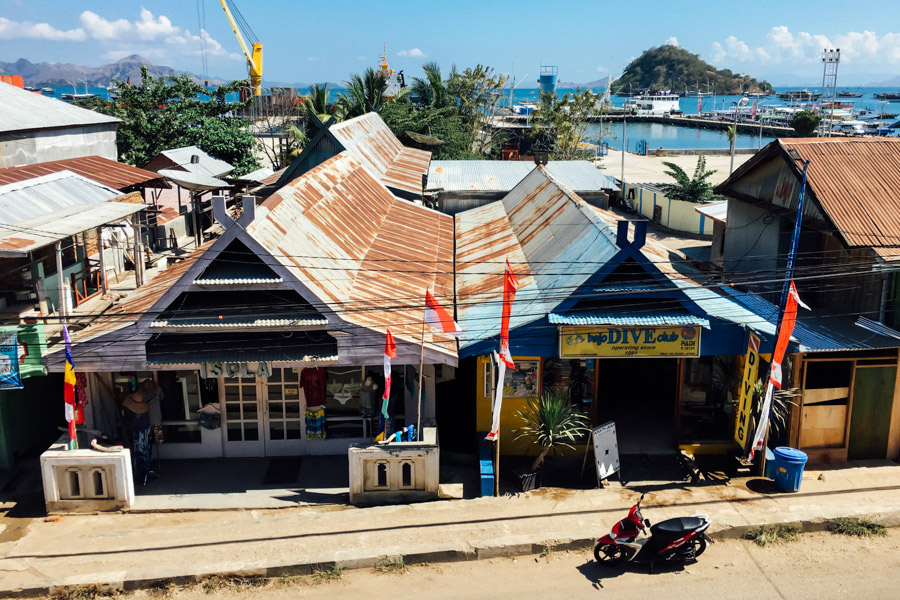
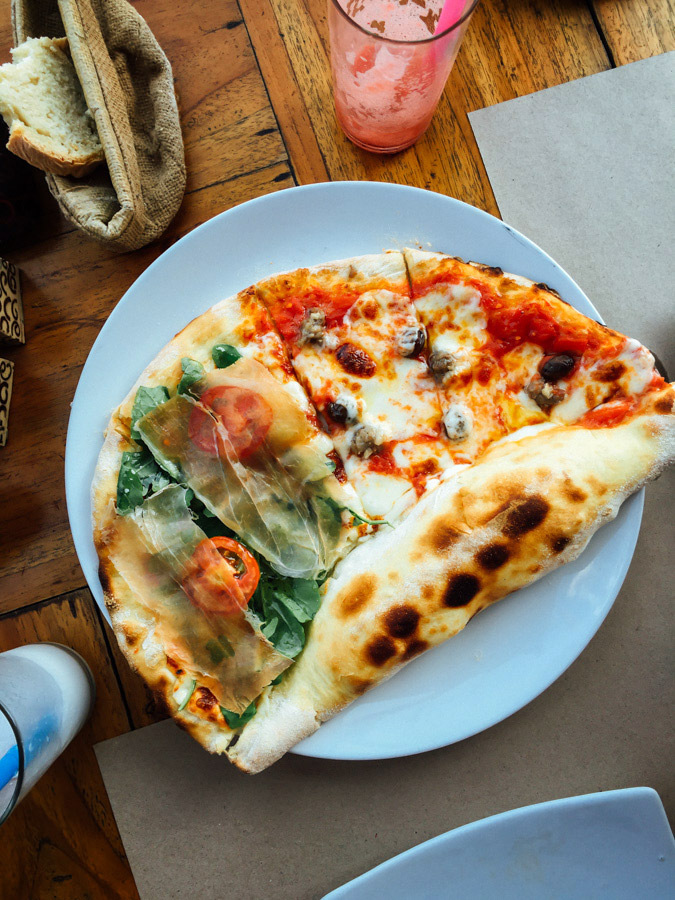



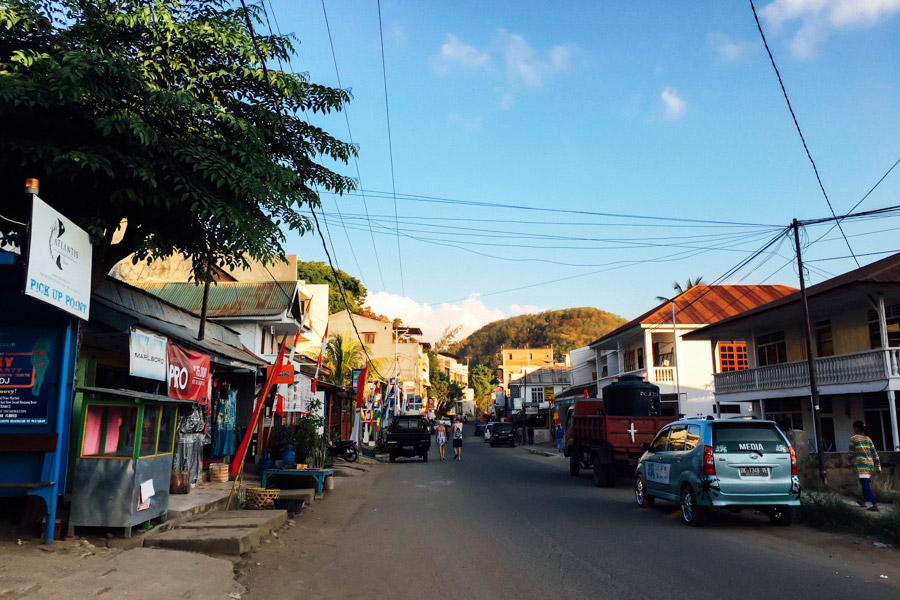
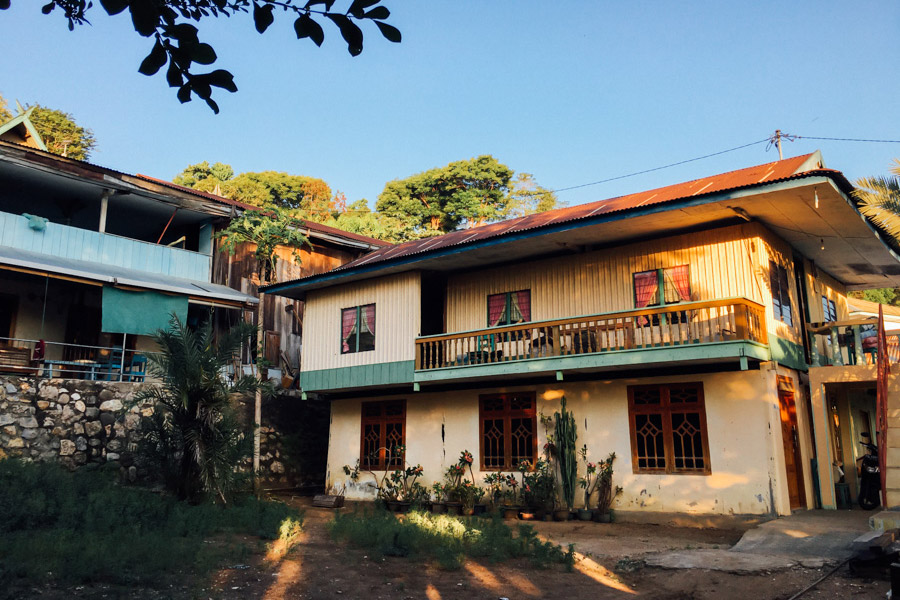
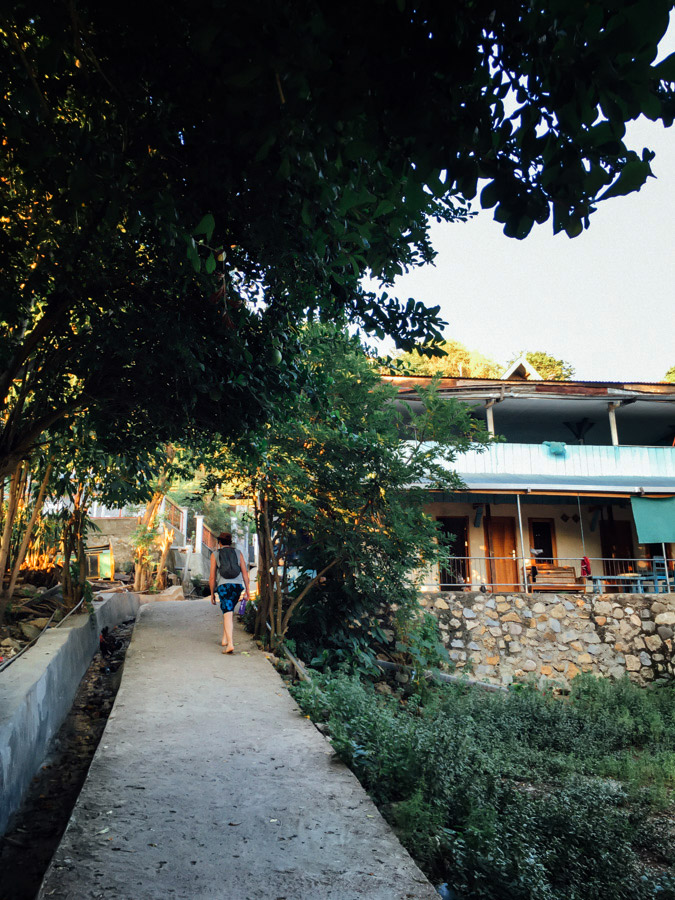

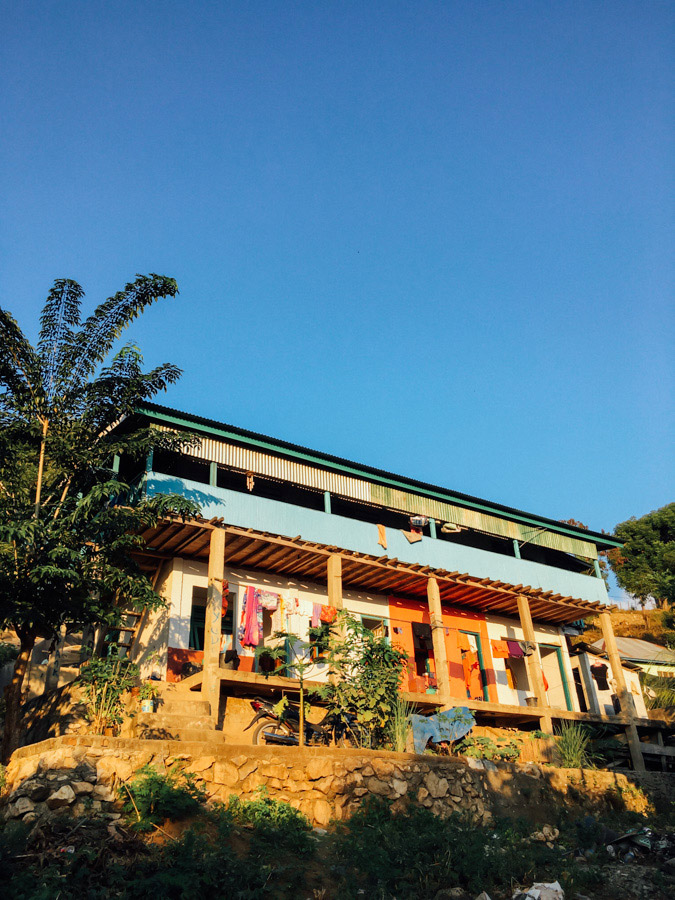
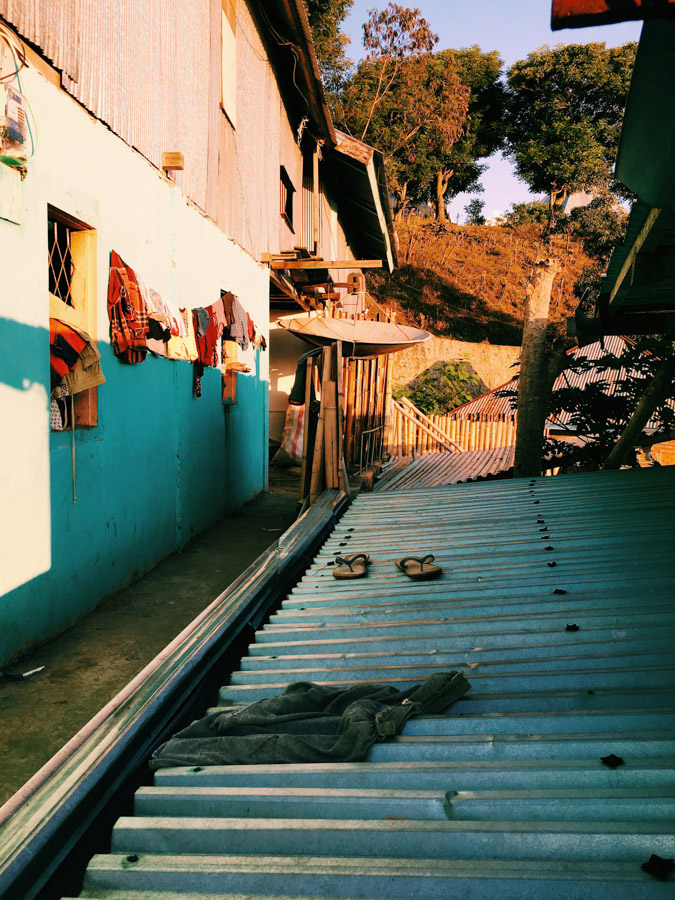
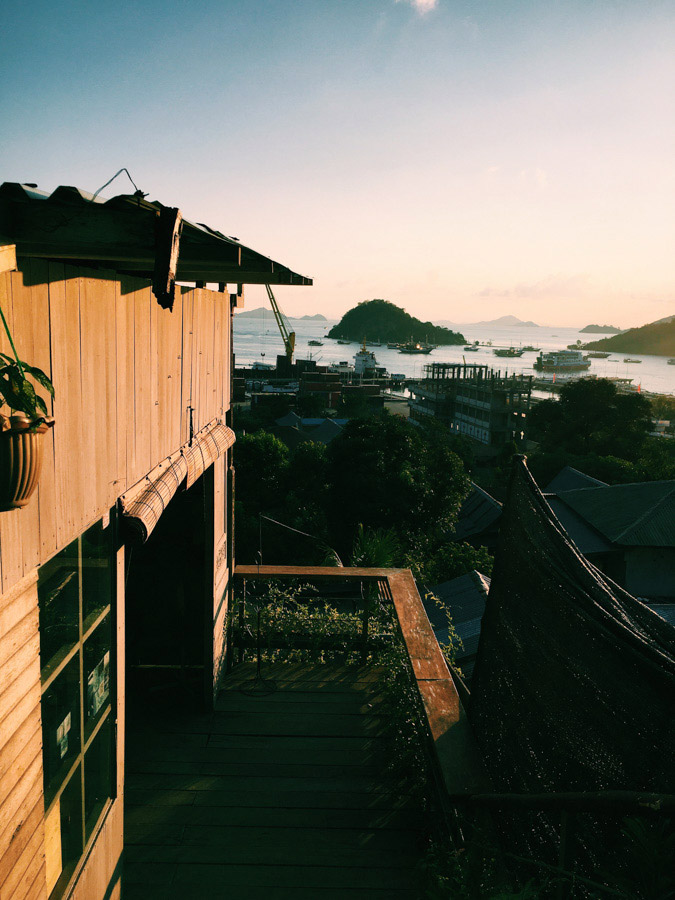
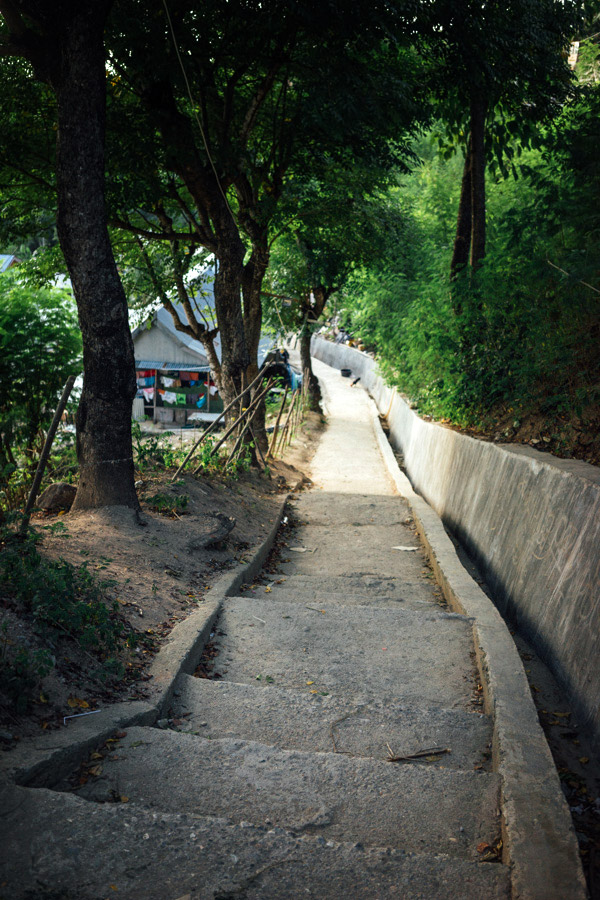

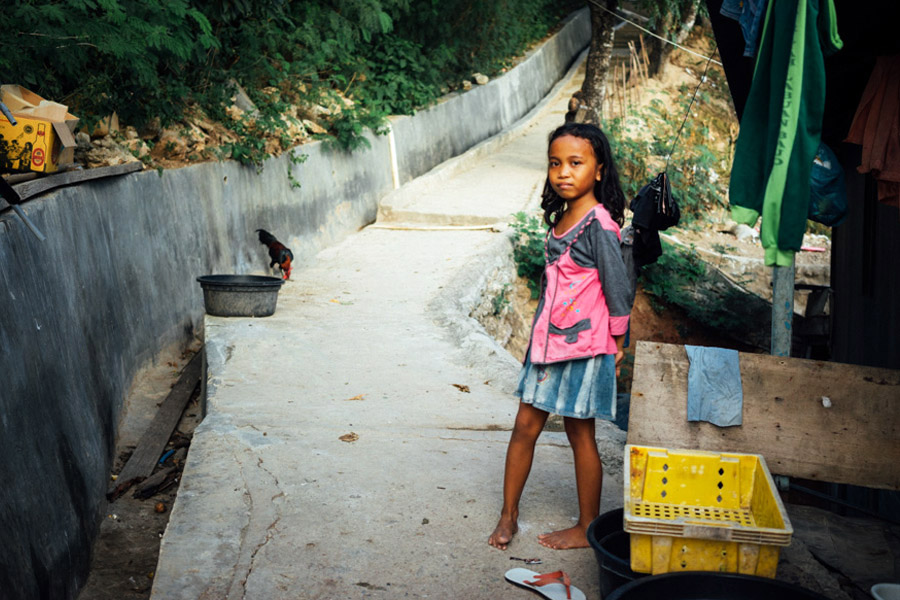
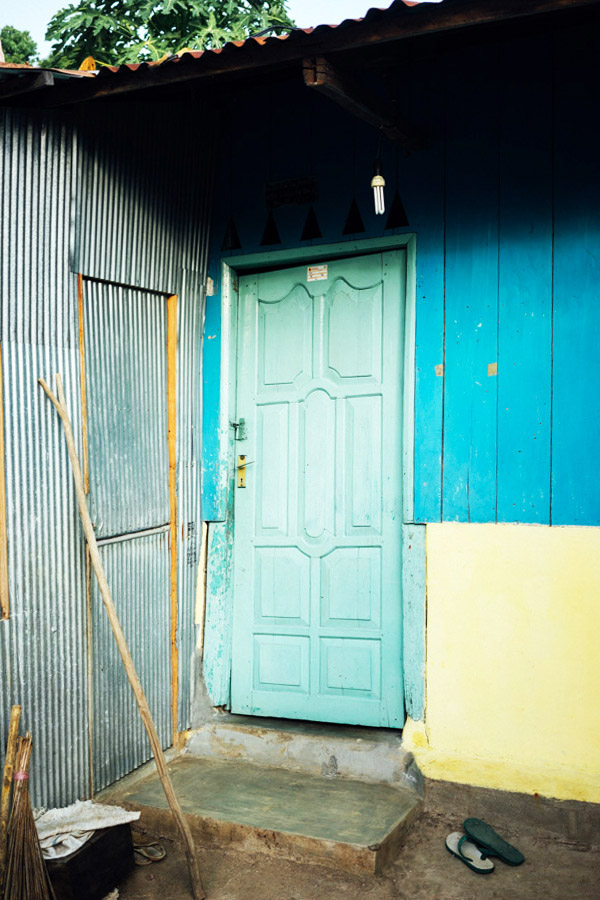
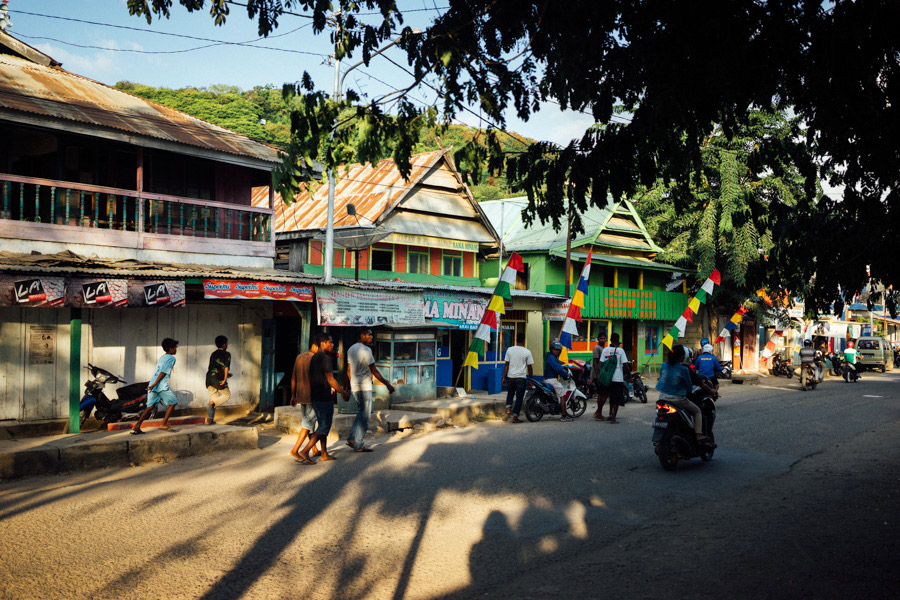
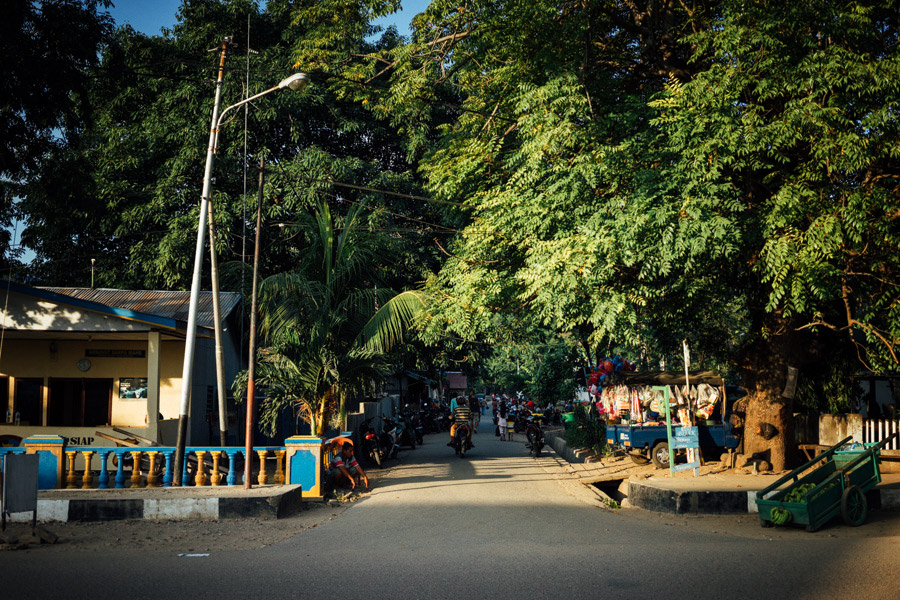
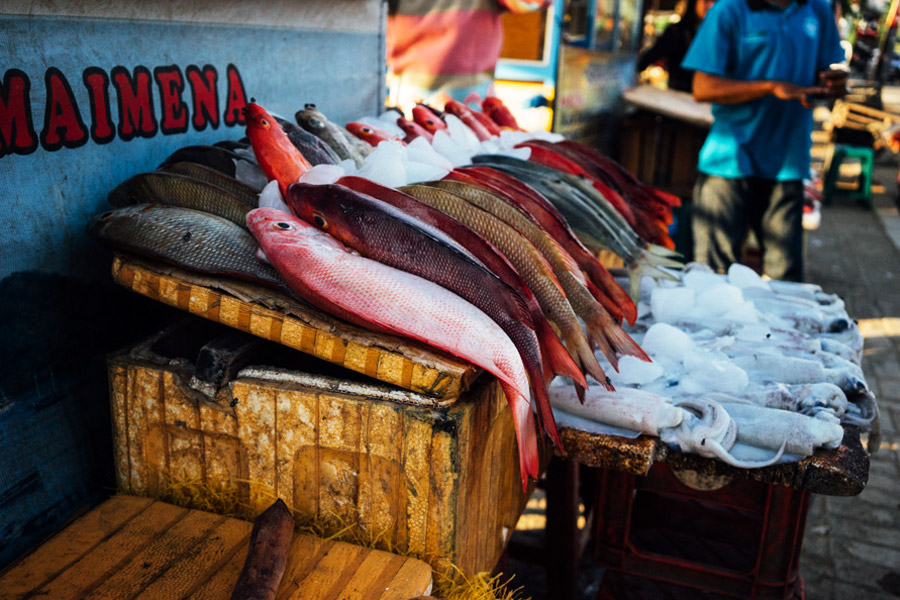
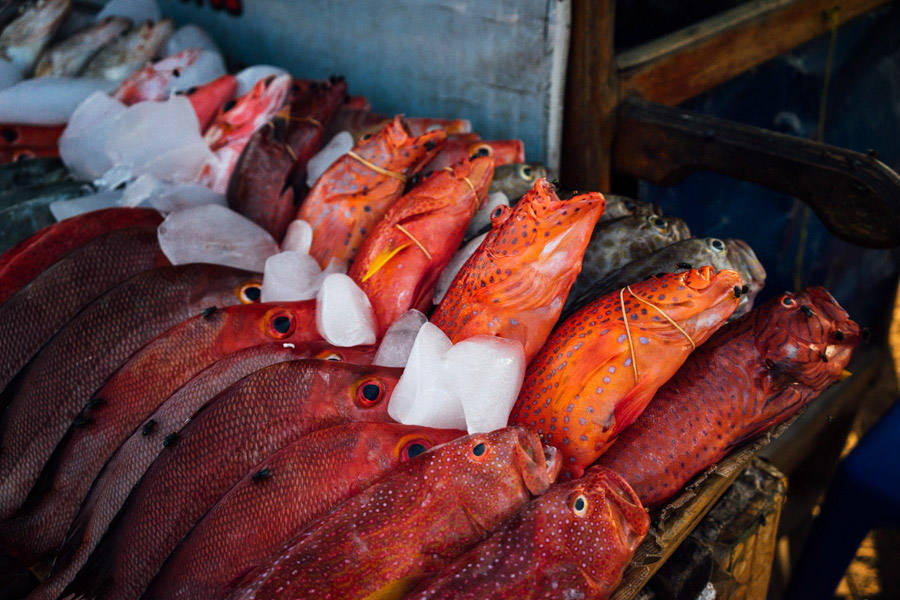
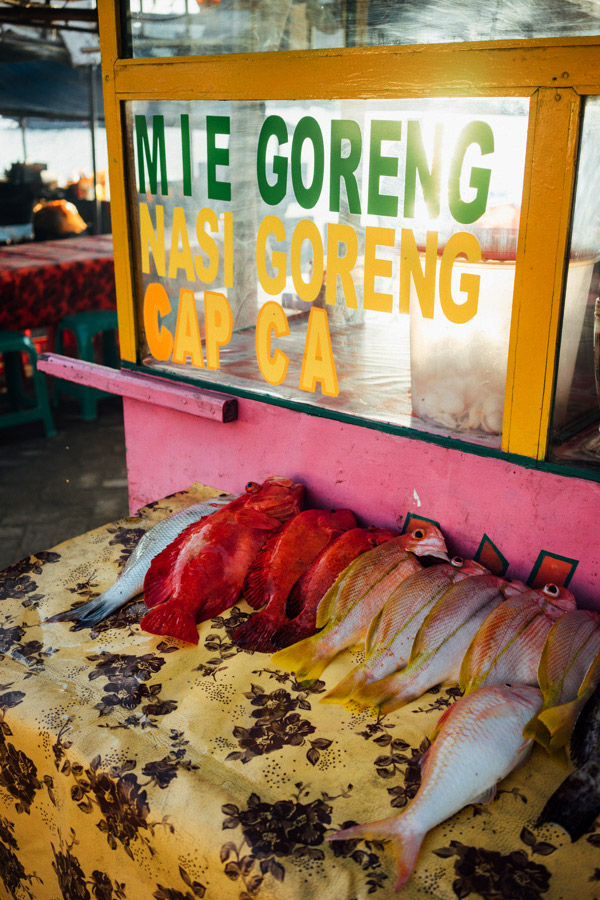
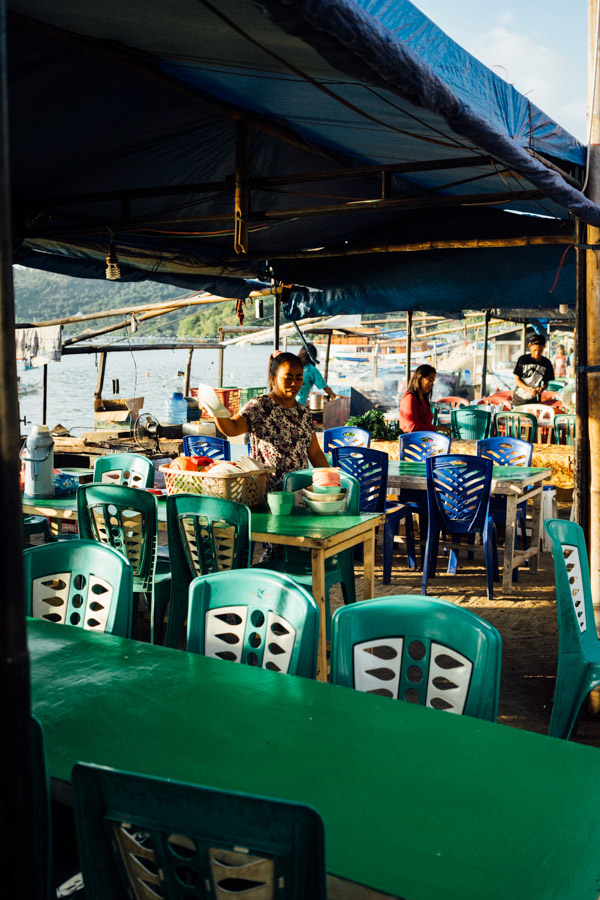
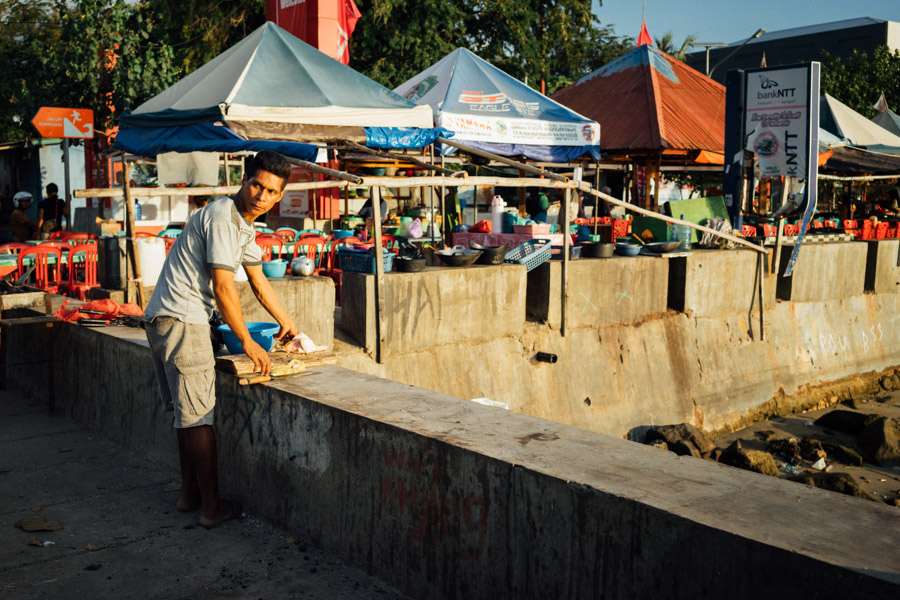
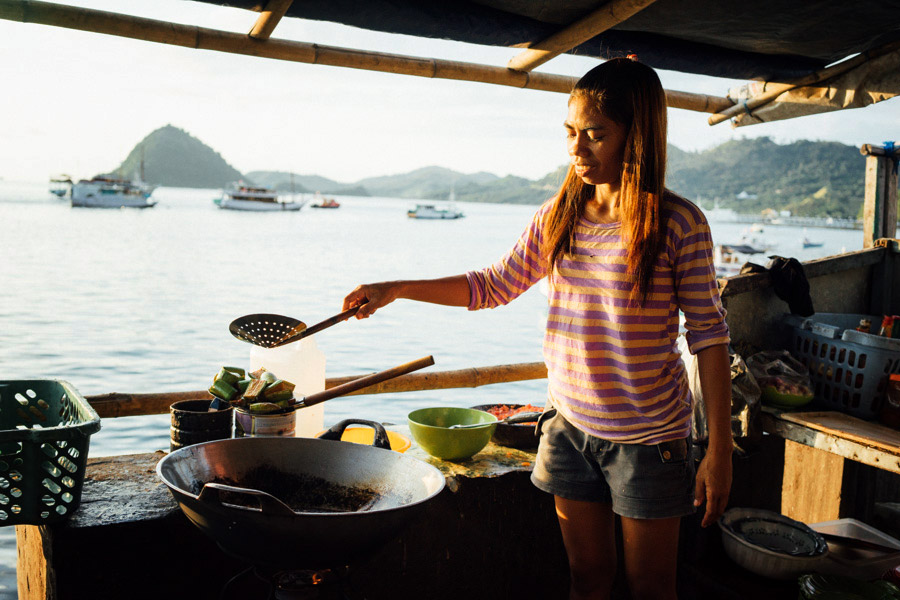
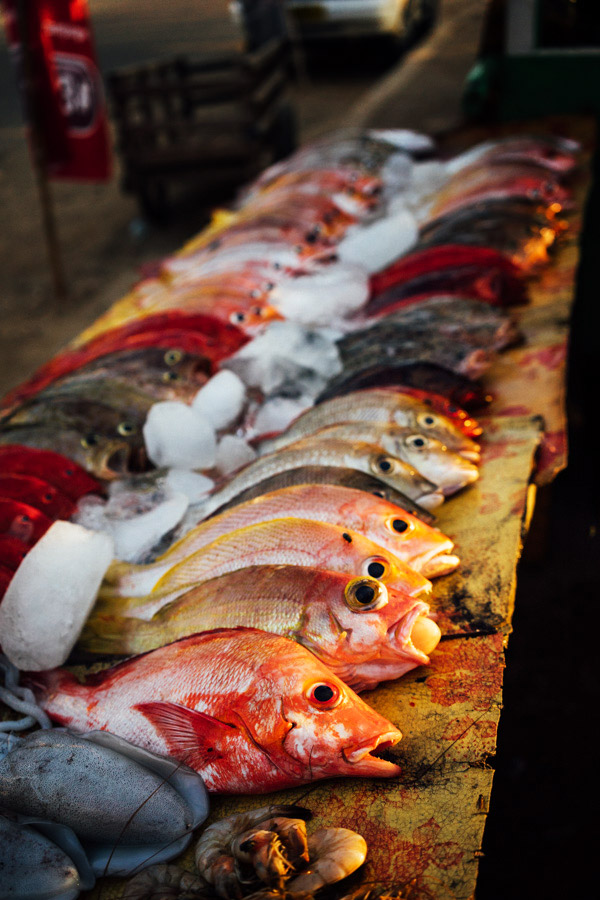
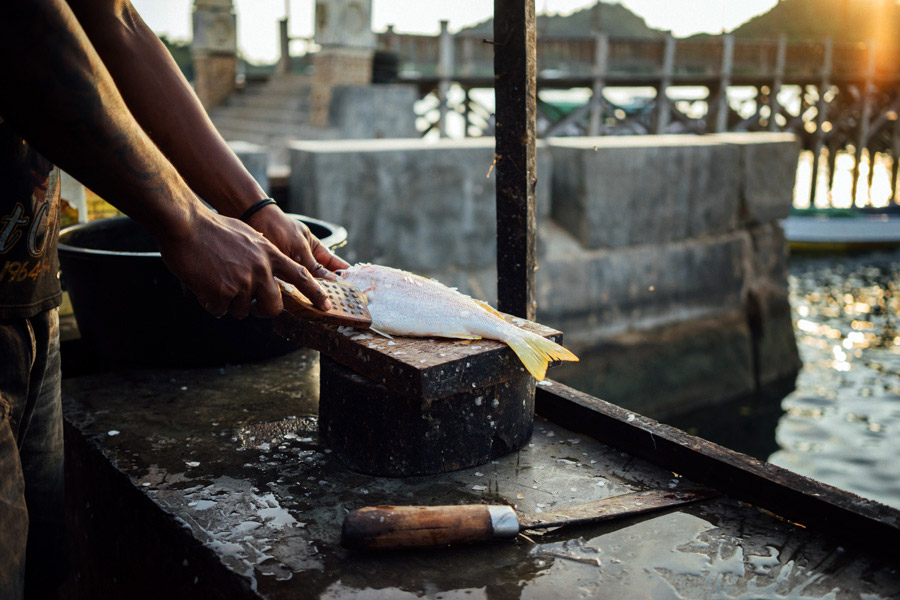
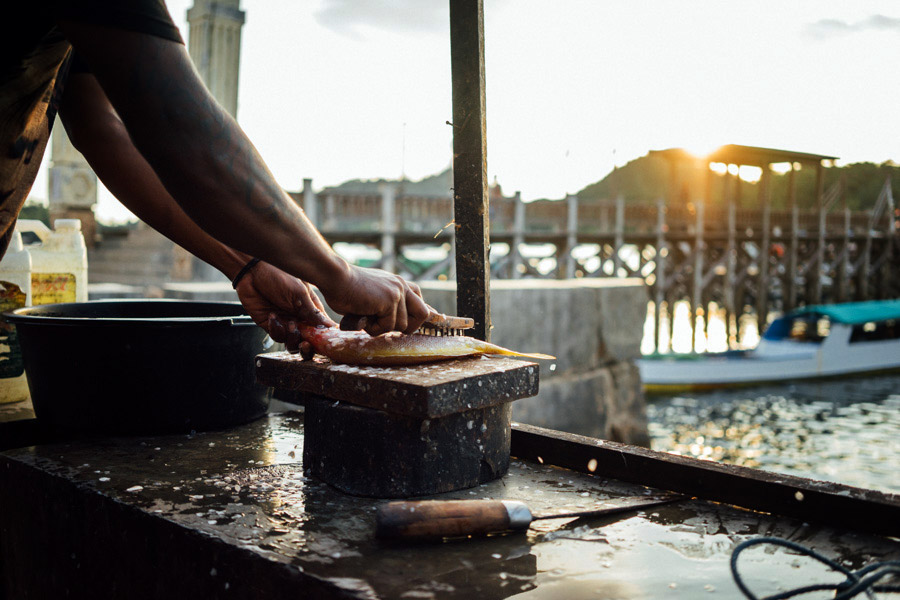
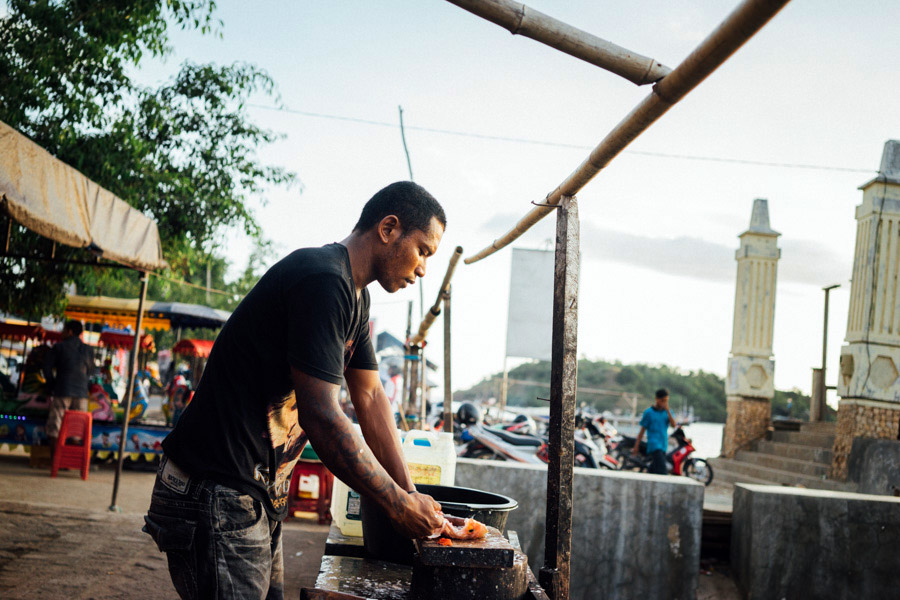
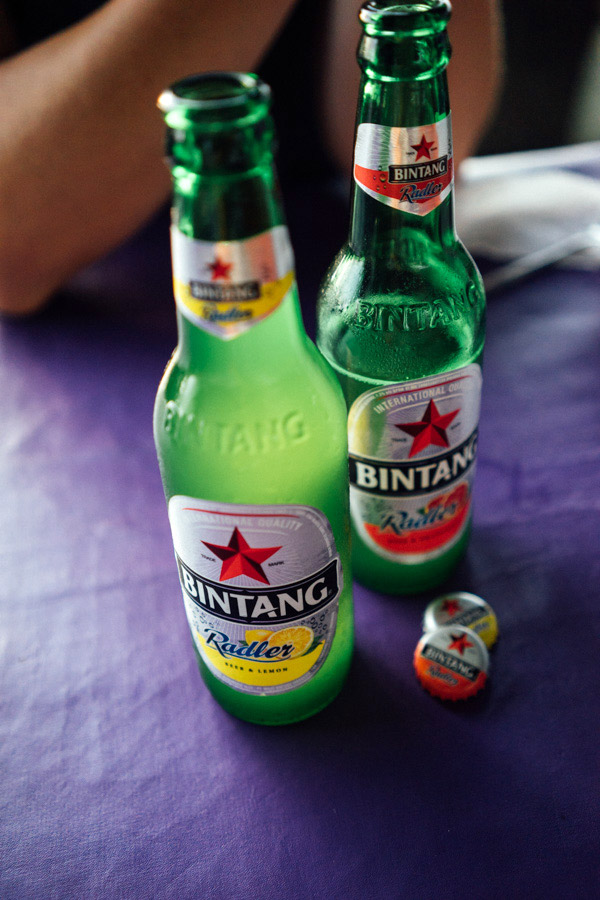
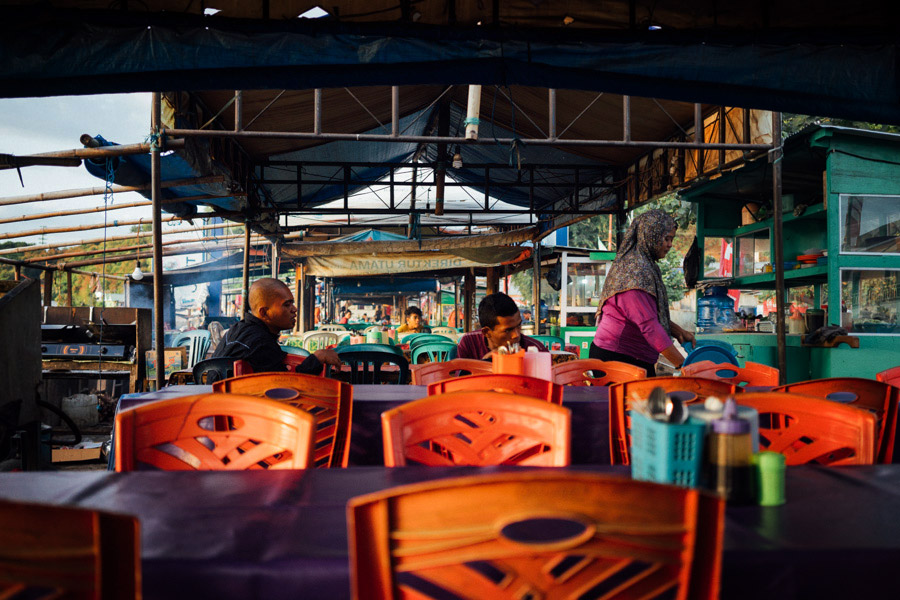
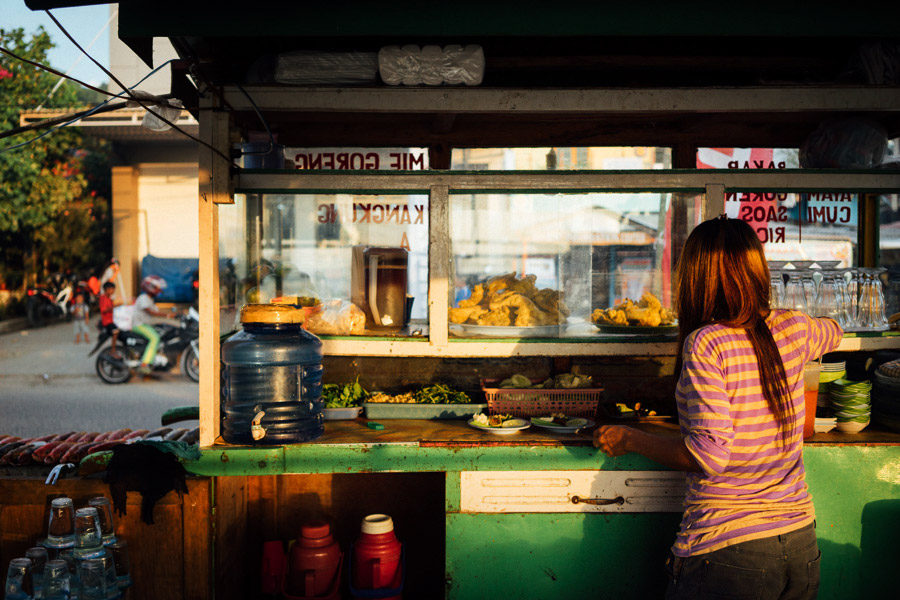
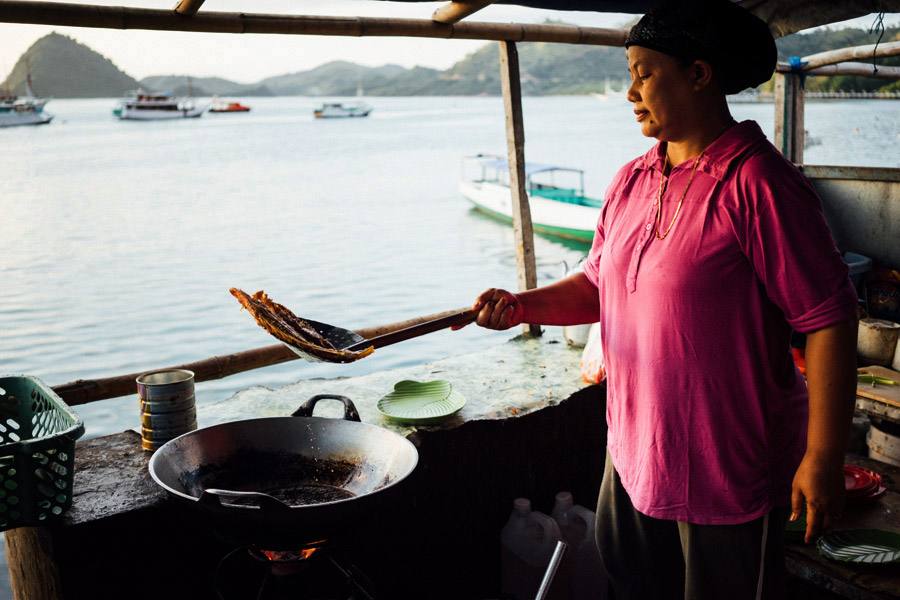
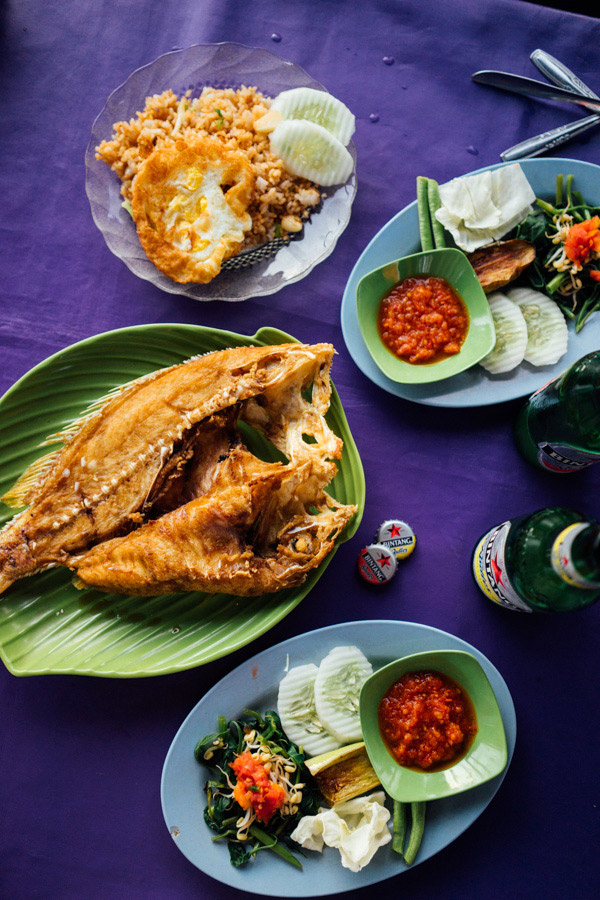
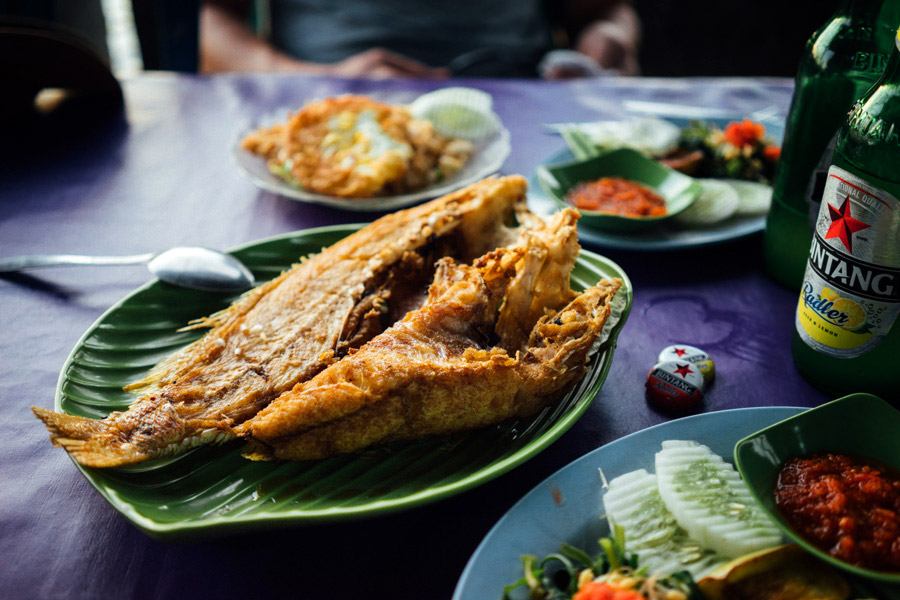
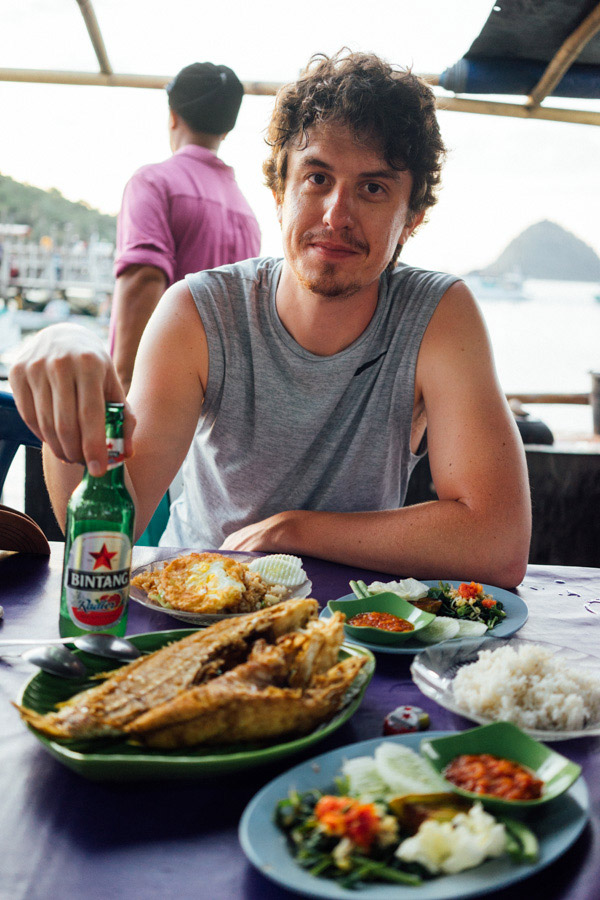
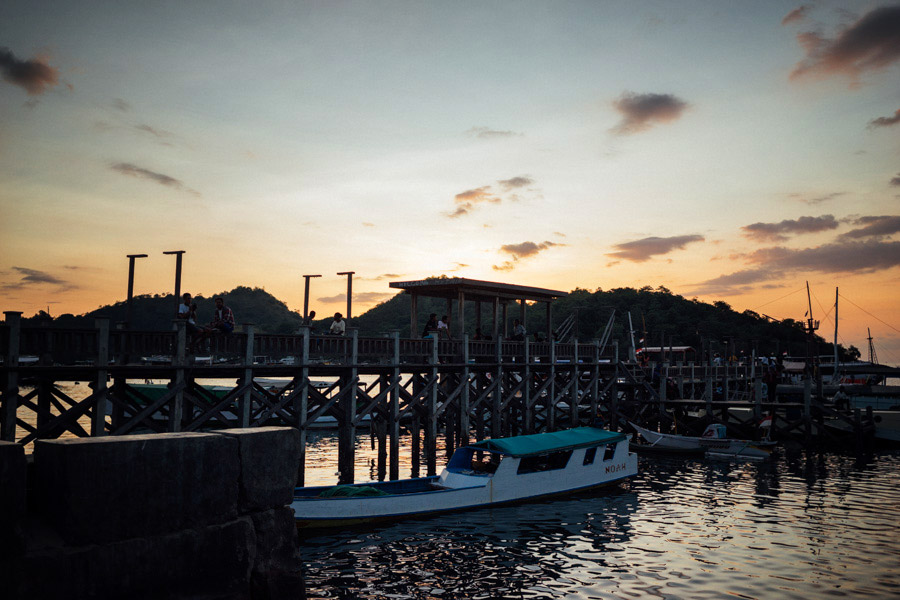
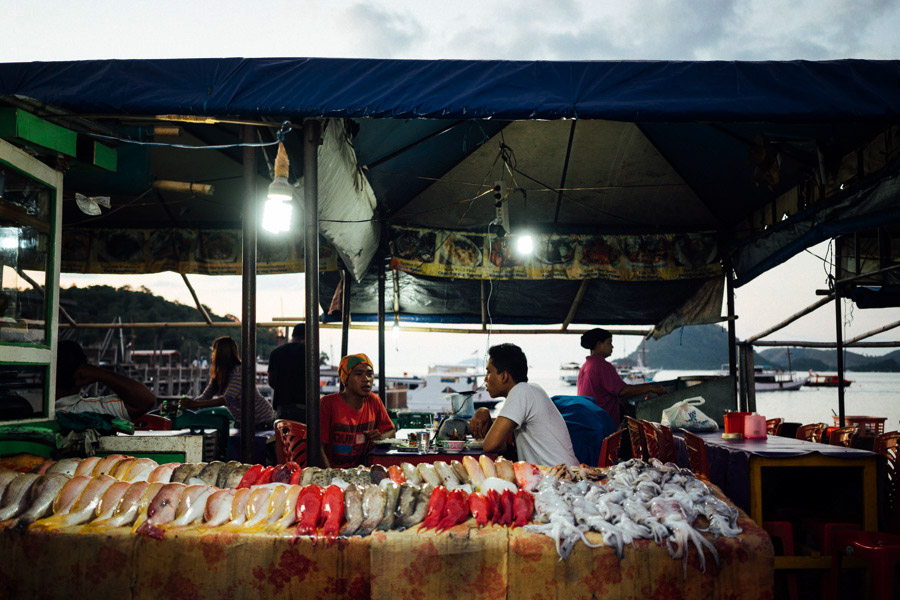
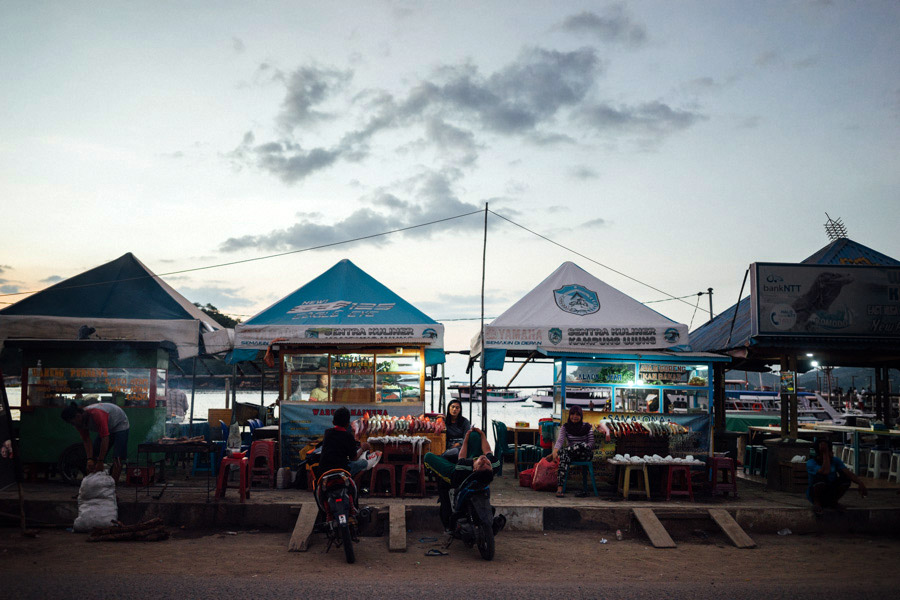
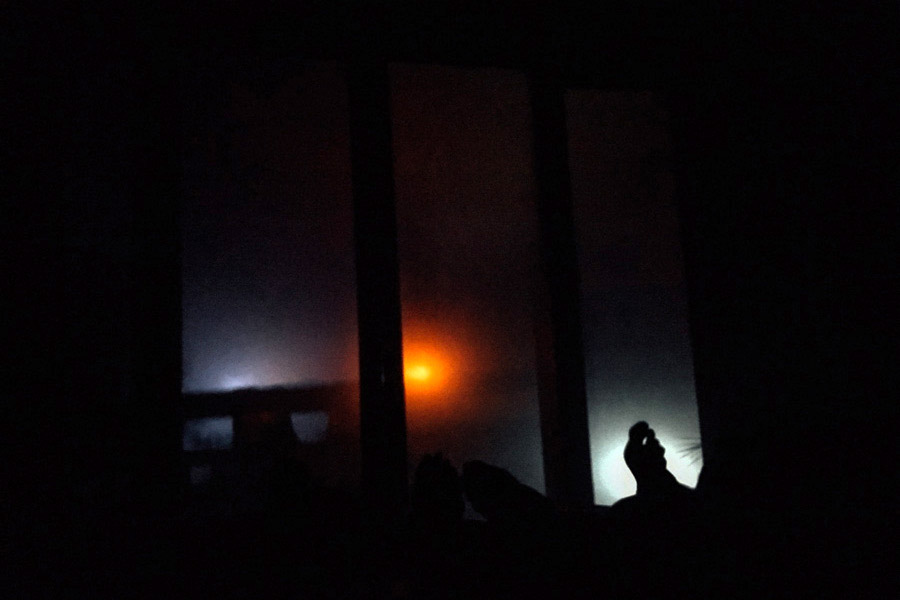
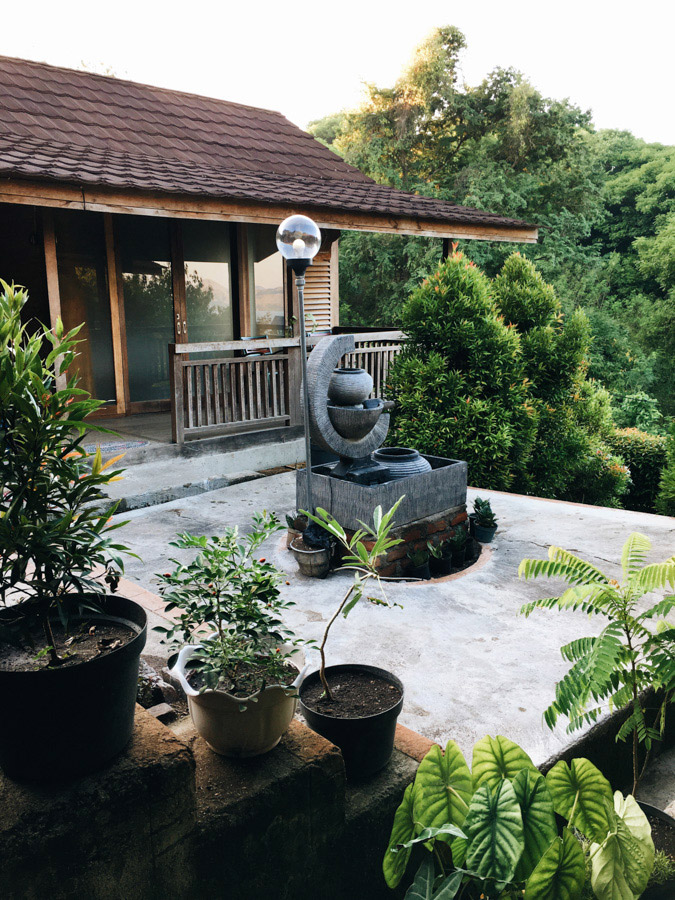
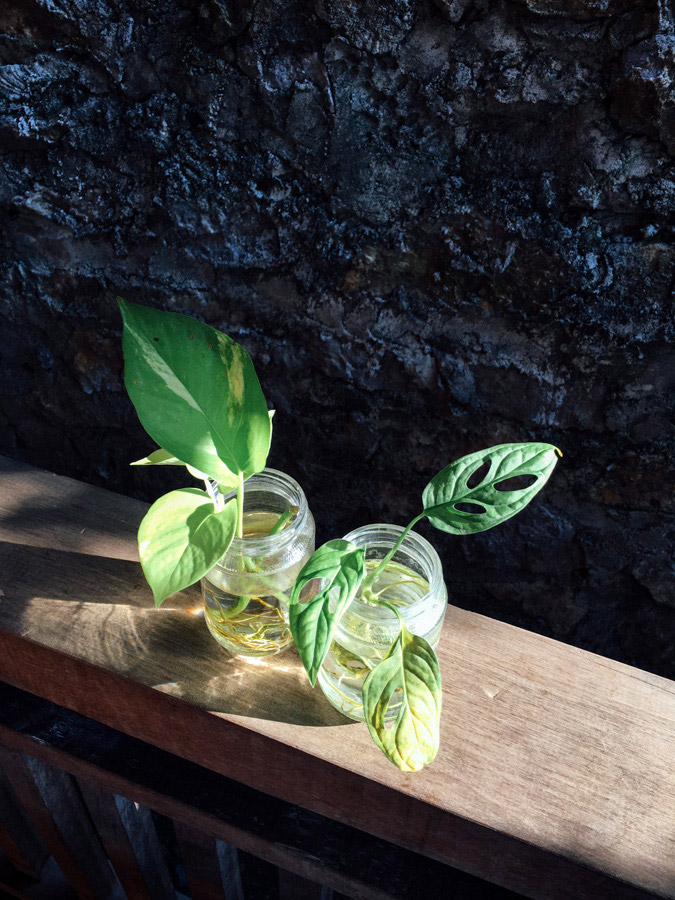
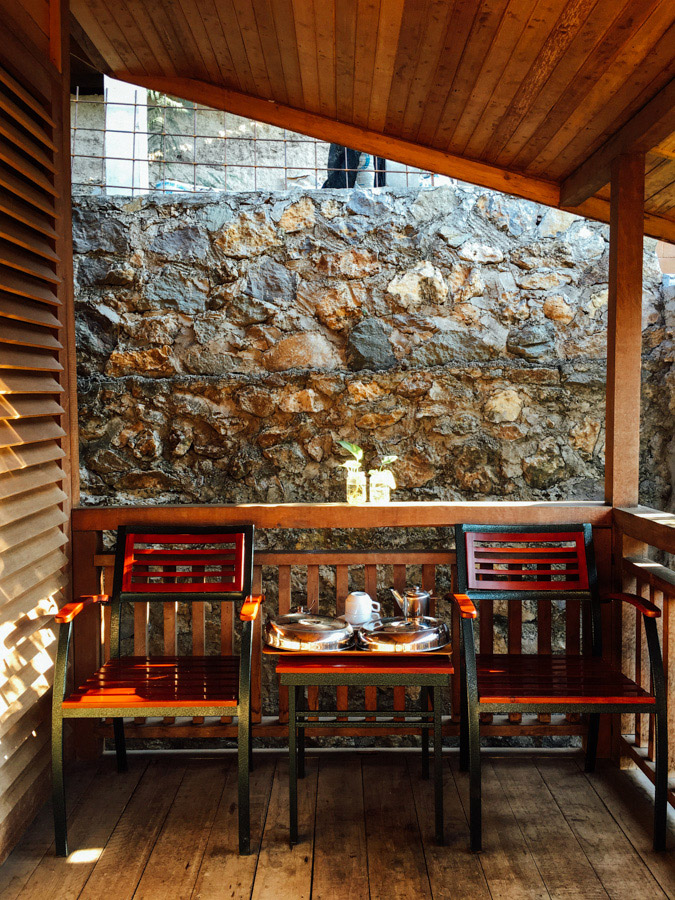
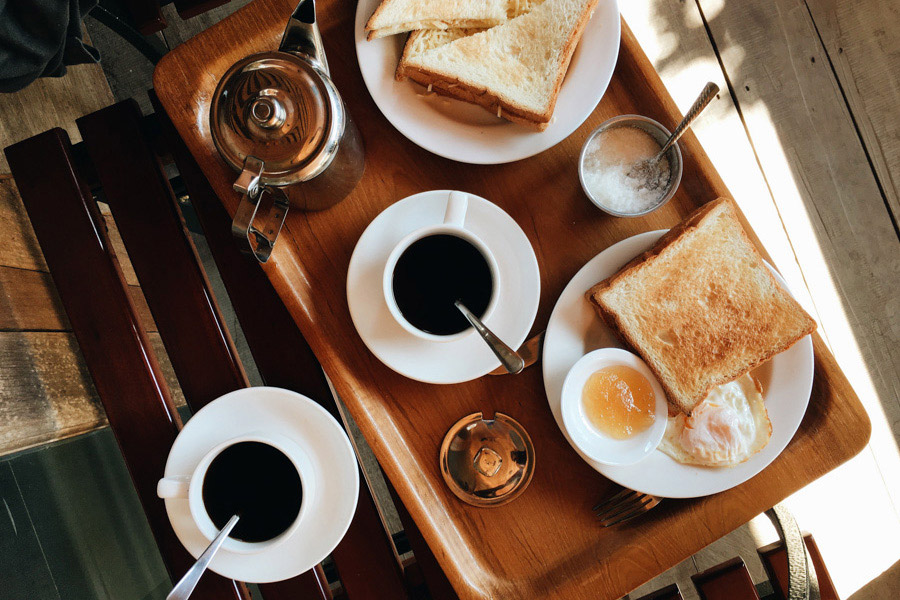
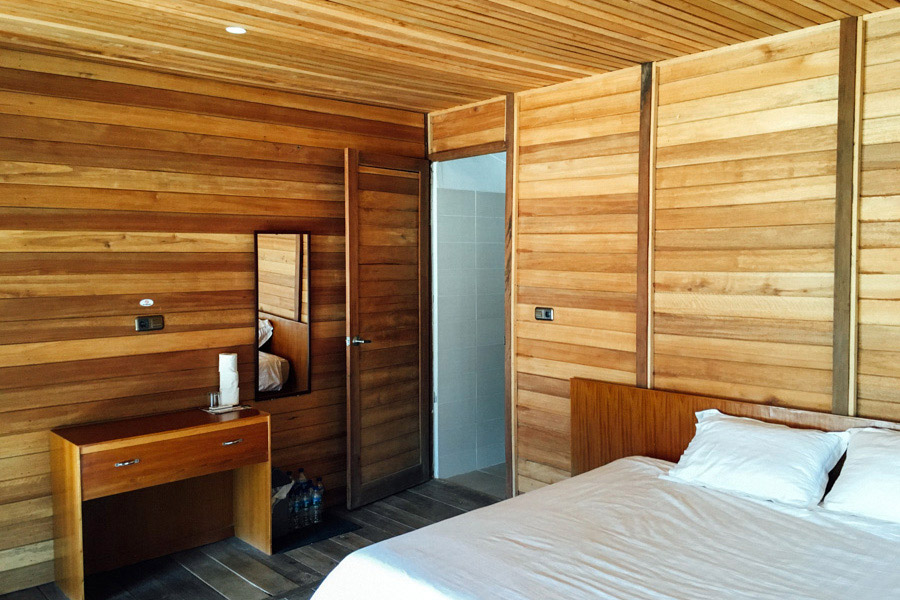
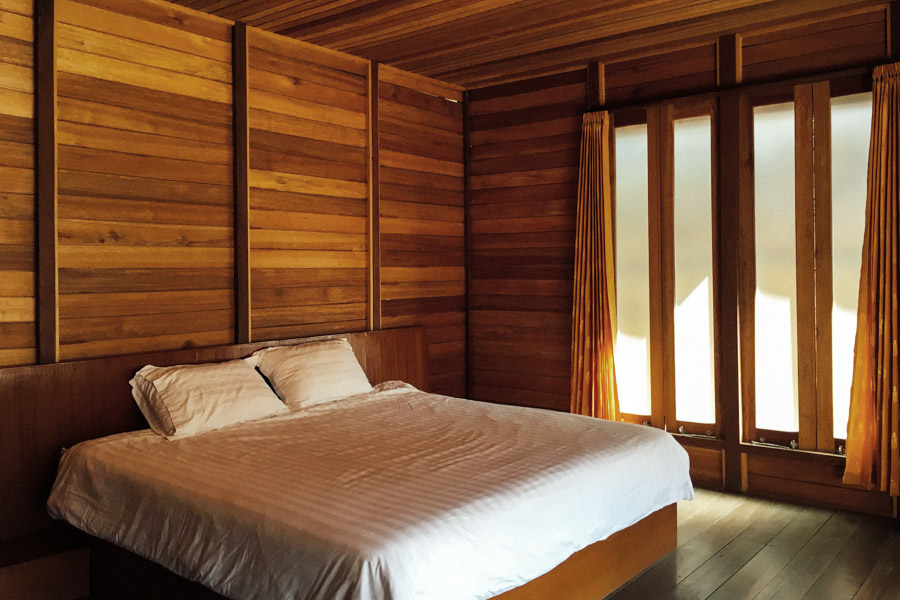
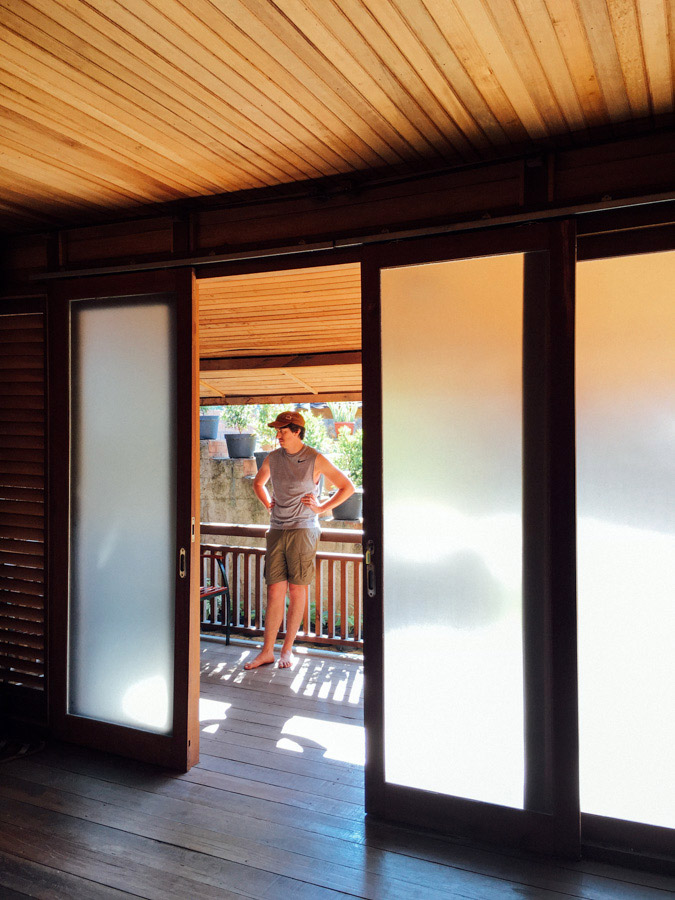
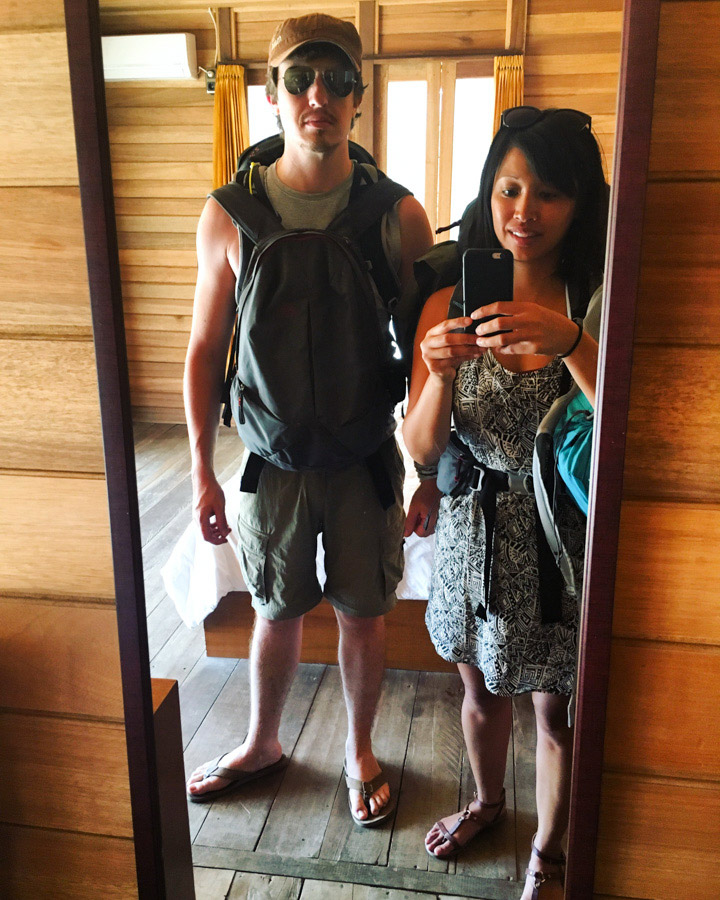
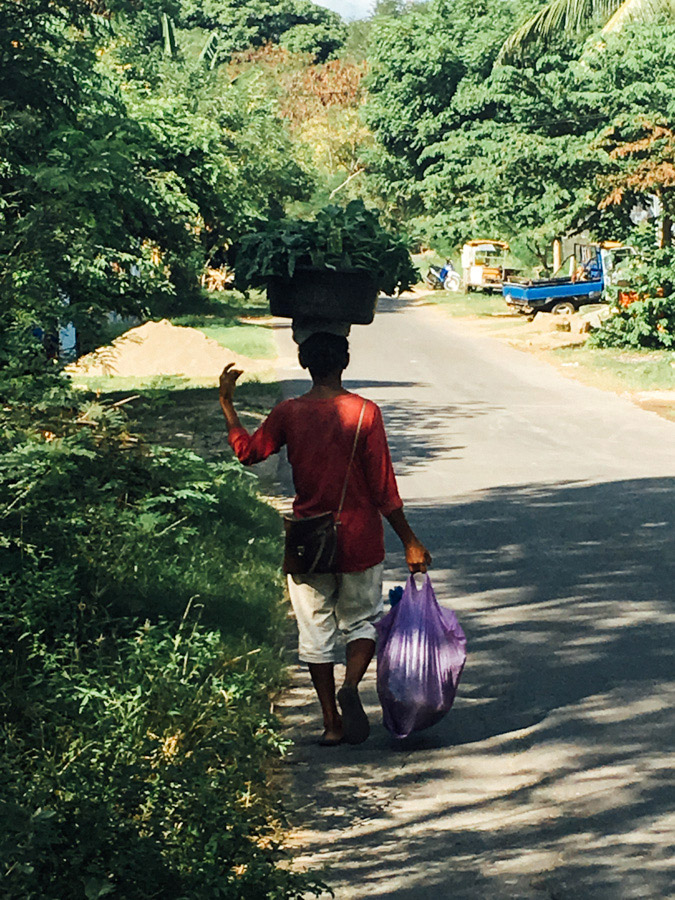
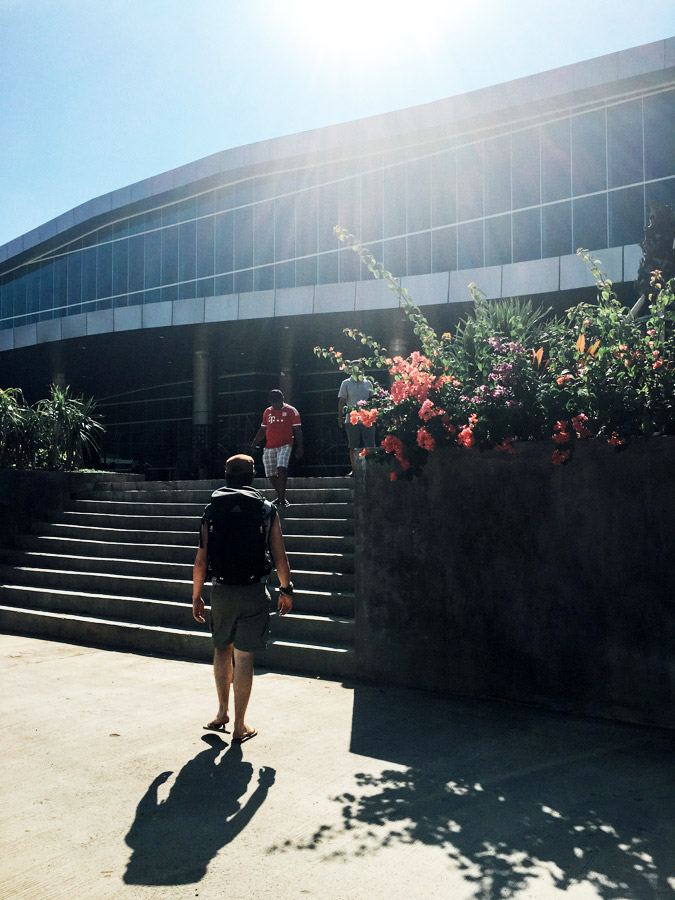
After a busy two days on the water, we realize that we need days off. We call them rest days, work days or even laundry days, depending on the mood. They’re days just for us, during which I dive into my Kindle or write a blog post, and she works on pictures. In a way, they’re the home days, the ones we had back in SF during the weekend. We stroll around town and start experiencing the Indonesian town and food. Just being in a place doing nothing is what we do best together. In this case, we’re just at Laura’s home. During breakfast, I’m watching her hang out with a guest, likely a Catholic priest. In Indonesian, I hear the rhythm of a Christian prayer he recites with his eyes closed. Shortly after, I hear singing from the loud speaker of the nearby Mosque, reminded that Indonesia is primarily Muslim. This is the second country we’re visiting, and as close as it is to the Philippines, I start seeing the fundamental differences in its culture, history and people. Once everything quiets down, I close my eyes and attempt to still my mind. After 20 minutes, I manage only to drench my shirt with sweat. After 5 days, it’s already time to move again to the island of Bali and the peaceful Ubud.
Links
- Of course, Labuan Bajo and the Komodo National Park. If you’re a diver in Indonesia, or passionate about the dragons, do not miss a trip there. With the short 1-hour flight from Denpasar airport in Bali, you can easily visit the marine life and Komodo Dragons on a 3-day trip. You can also cross via ferry & bus, or a boat tour, but it will turn out more expensive, and of course take much longer.
- We highly recommend the shop at Dive Komodo. Awesome team, good gear and great lunch! (Thank you Wai & Yuventinus!)
- Spring Hill Hotel was our homey and peaceful spot for a mere Rp 250.000 per night.
- If you’re up for a more remote experience, the island of Flores can also be explored from Labuan Bajo.










